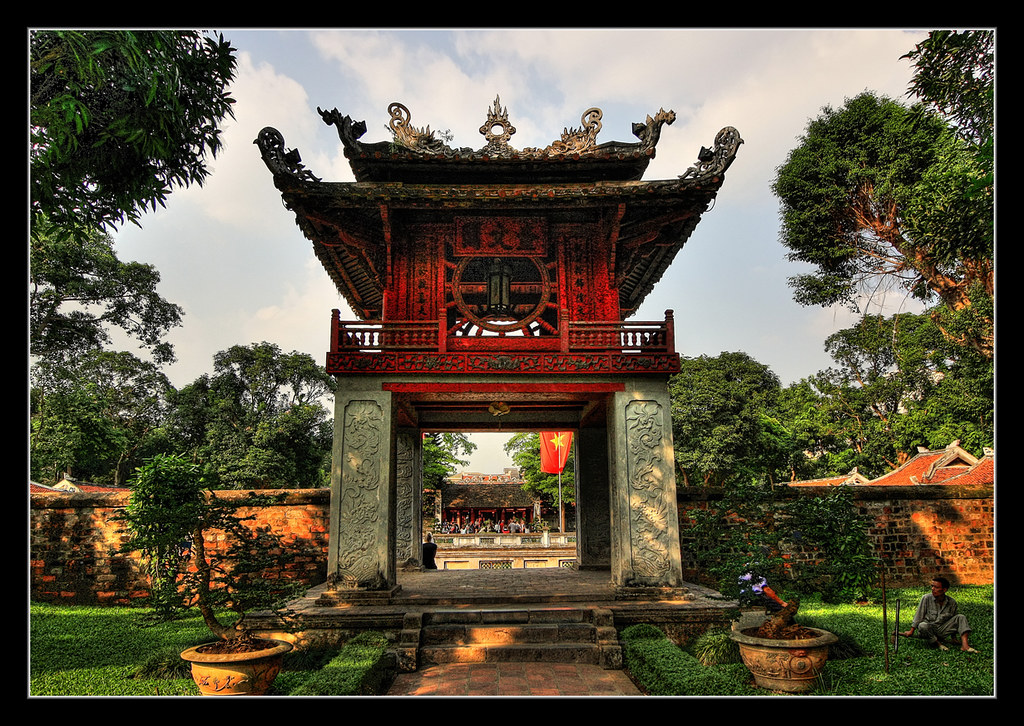An Ancient Spiritual Masterpiece: Exploring the Wat Phu Ruins
Tucked away in the scenic Champasak province of southern Laos, the extraordinary Wat Phu temple complex stands as one of the most impressive and historically significant Khmer archaeological sites in all of Southeast Asia. This remarkable pre-Angkorian religious monument dating back to the 5th century A.D. once served as an important Hindu spiritual center and pilgrimage destination at the base of the sacred Lingaparvata mountain.

As you approach the Wat Phu grounds, the sheer scale and grand architecture of the complex is staggering, reminiscent of the famous temples of Angkor Wat further west. The vast site sprawls across multiple levels ascending up the slopes, with each tier revealing intricately carved sandstone structures, shrines, pavilions and palace remains linked together by avenues and staircases.
At the heart of Wat Phu is the massive ruined quadrangle temple at the center. This stunning edifice rests within an elaborately walled inner enclosure accessed through an imposing ancient portal. Inside the crumbling walls, you can explore and marvel at the finely sculpted sandstone Buddhist images and architectural flourishes adorning nearly every surface.
One of Wat Phu's most incredible features is the ancient baray or ritual reservoir that was ingeniously designed and engineered. During the Khmer empire era, this massive sacred pool would have been filled from the mountain's natural spring water sources during festivals and ceremonies. Even in modern times, the baray boasts an impressive reflection of the soaring main temple structure.

As you ascend the series of staircases and pathways upwards, the complex reveals more temples, shrines and ornate pavilions nestled along the forested slopes. Many are oriented to capture precise solar alignments during equinoxes and solstices, revealing Wat Phu's deep connection to prehistoric sun worship. At the pinnacle sits the mountain-top sanctuary of Phou Khao, offering breathtaking panoramic vistas of the entire valley below.
Along your journey through the temple grounds, ancient carvings and sculptures depicting Hindu deities like Shiva, Vishnu and Nandi can be spotted, providing insights into the two primary religions that were celebrated here side-by-side centuries ago. In its prime, Wat Phu served as a stop along an ancient spiritual path stemming all the way from India.
While not nearly as well-known or visited as Angkor Wat in Cambodia today, many historians consider the Wat Phu complex its equal in scale, craftsmanship and spiritual significance at the time. Yet this sense of humble solitude amidst the overgrown forest setting only enhances the mystique and majesty of wandering this ancient stone marvel. As you roam the ancient temples, pavilions, and shrines, you can't help but feel the sacred spirit of a long-forgotten Khmer civilization revealing itself with every step.

As you approach the Wat Phu grounds, the sheer scale and grand architecture of the complex is staggering, reminiscent of the famous temples of Angkor Wat further west. The vast site sprawls across multiple levels ascending up the slopes, with each tier revealing intricately carved sandstone structures, shrines, pavilions and palace remains linked together by avenues and staircases.
At the heart of Wat Phu is the massive ruined quadrangle temple at the center. This stunning edifice rests within an elaborately walled inner enclosure accessed through an imposing ancient portal. Inside the crumbling walls, you can explore and marvel at the finely sculpted sandstone Buddhist images and architectural flourishes adorning nearly every surface.
One of Wat Phu's most incredible features is the ancient baray or ritual reservoir that was ingeniously designed and engineered. During the Khmer empire era, this massive sacred pool would have been filled from the mountain's natural spring water sources during festivals and ceremonies. Even in modern times, the baray boasts an impressive reflection of the soaring main temple structure.

As you ascend the series of staircases and pathways upwards, the complex reveals more temples, shrines and ornate pavilions nestled along the forested slopes. Many are oriented to capture precise solar alignments during equinoxes and solstices, revealing Wat Phu's deep connection to prehistoric sun worship. At the pinnacle sits the mountain-top sanctuary of Phou Khao, offering breathtaking panoramic vistas of the entire valley below.
Along your journey through the temple grounds, ancient carvings and sculptures depicting Hindu deities like Shiva, Vishnu and Nandi can be spotted, providing insights into the two primary religions that were celebrated here side-by-side centuries ago. In its prime, Wat Phu served as a stop along an ancient spiritual path stemming all the way from India.
While not nearly as well-known or visited as Angkor Wat in Cambodia today, many historians consider the Wat Phu complex its equal in scale, craftsmanship and spiritual significance at the time. Yet this sense of humble solitude amidst the overgrown forest setting only enhances the mystique and majesty of wandering this ancient stone marvel. As you roam the ancient temples, pavilions, and shrines, you can't help but feel the sacred spirit of a long-forgotten Khmer civilization revealing itself with every step.
Other tour
From
70 USD
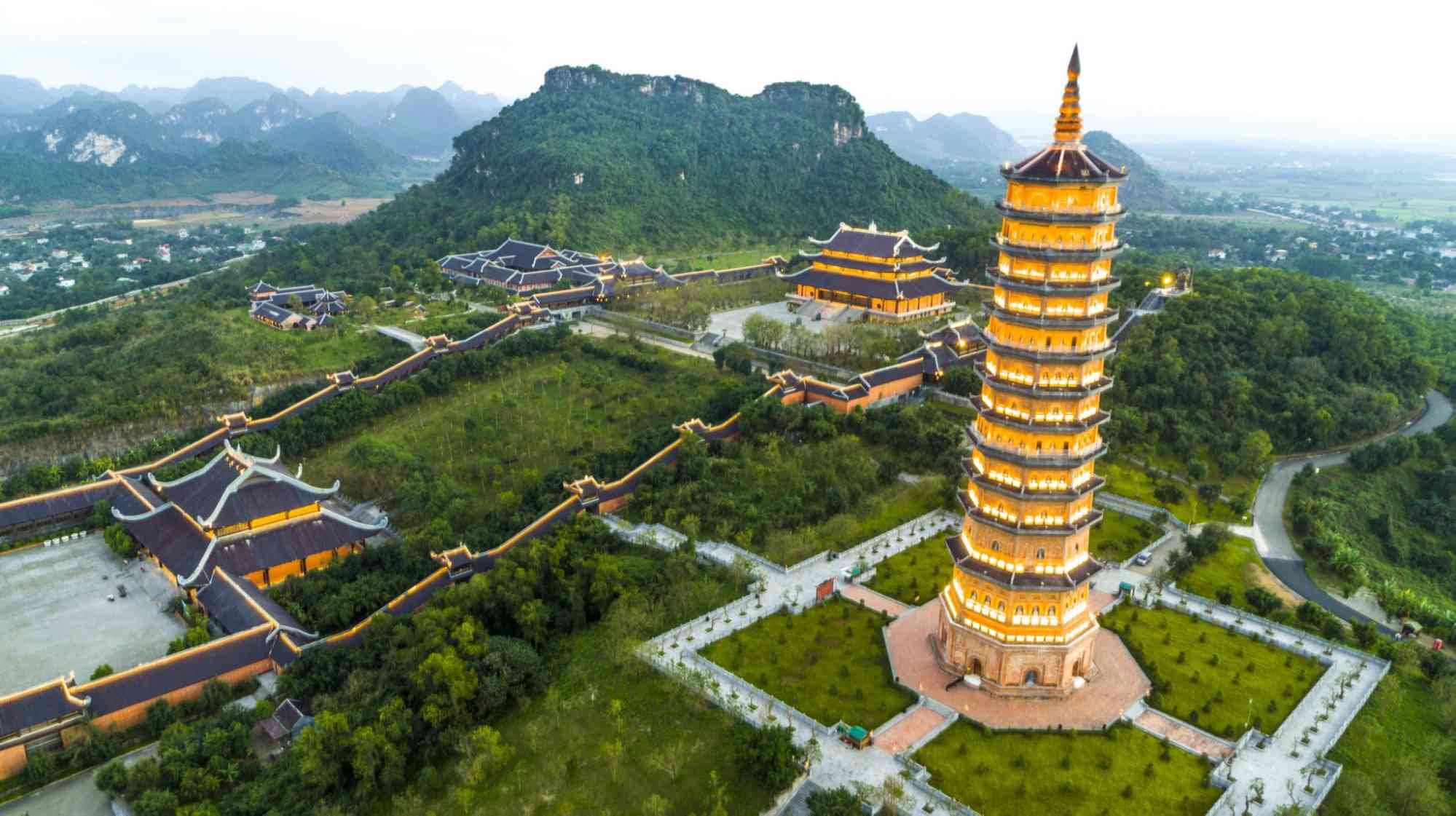 Details
Details
HOA LU – TRANG AN - MUA CAVE -1 DAY TRIP BY LIMOUSINE
AFT
Ha noi
0 Days
Day trip
From
25 USD
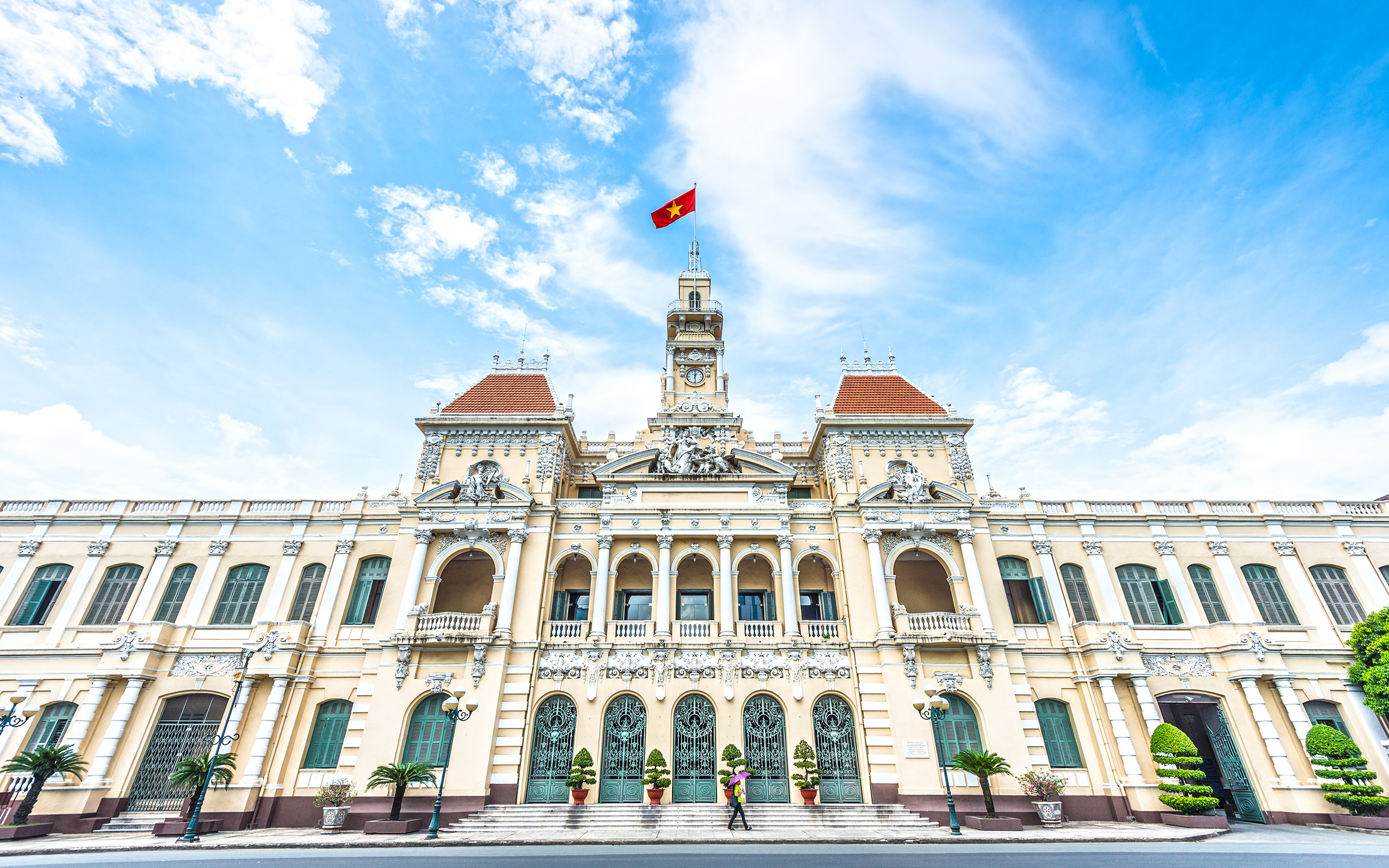 Details
Details
Ho Chi Minh - Cu Chi Tunnel - Ho Chi Minh
CHA01
Ho Chi Minh City
1 Days
Day trip


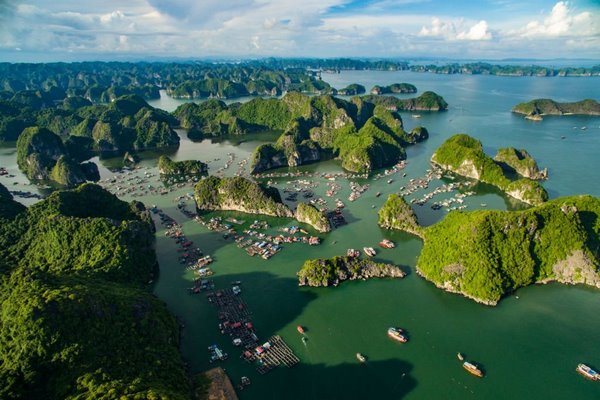
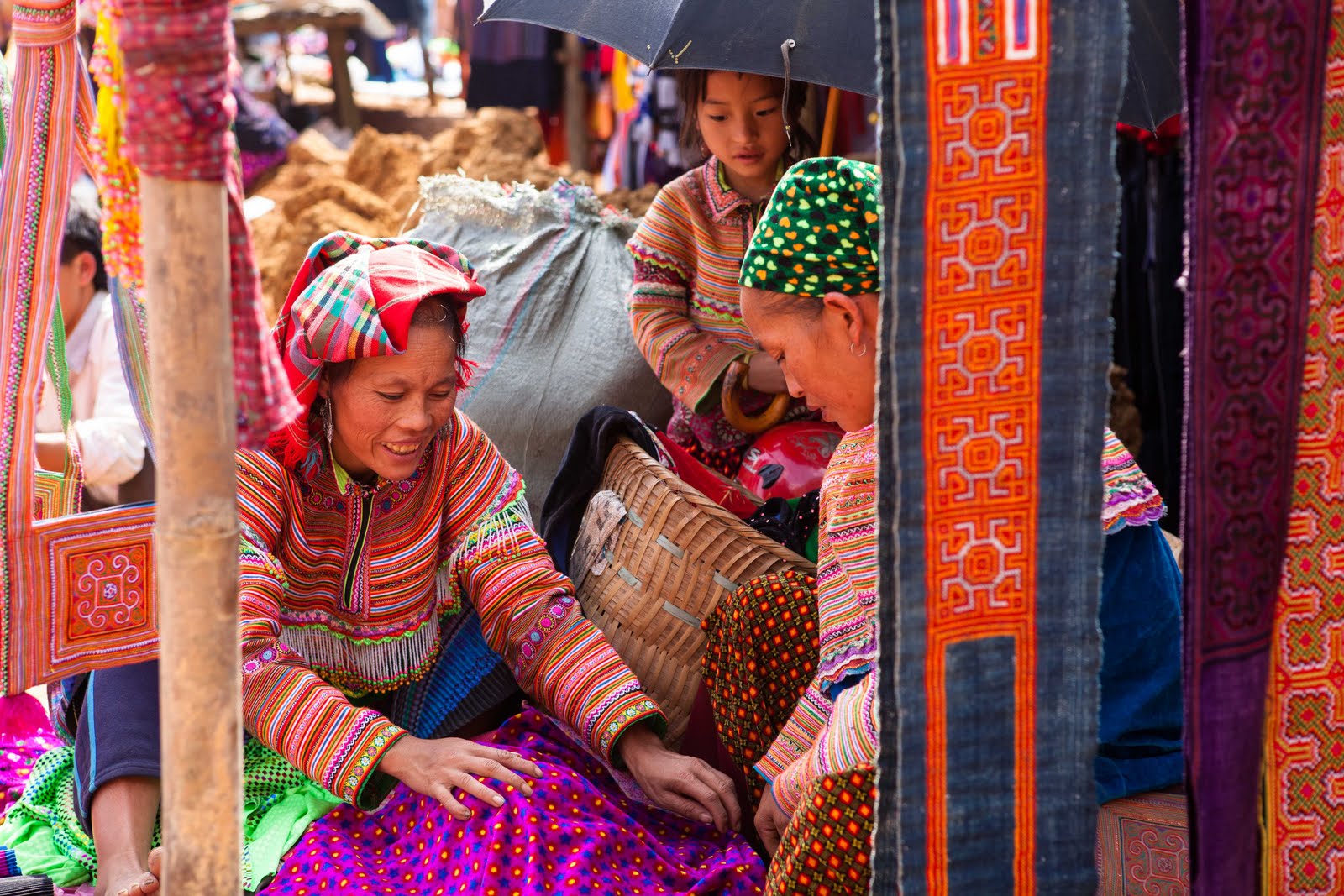

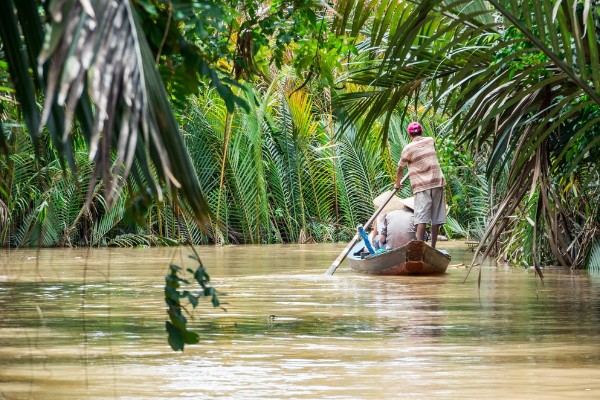

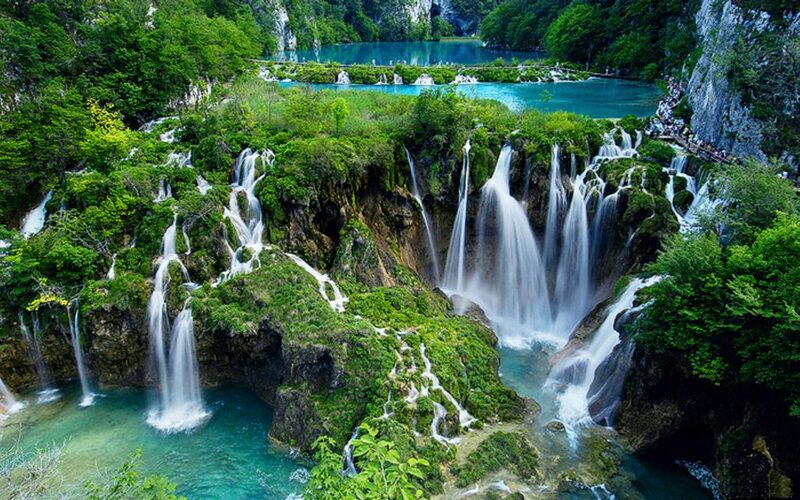

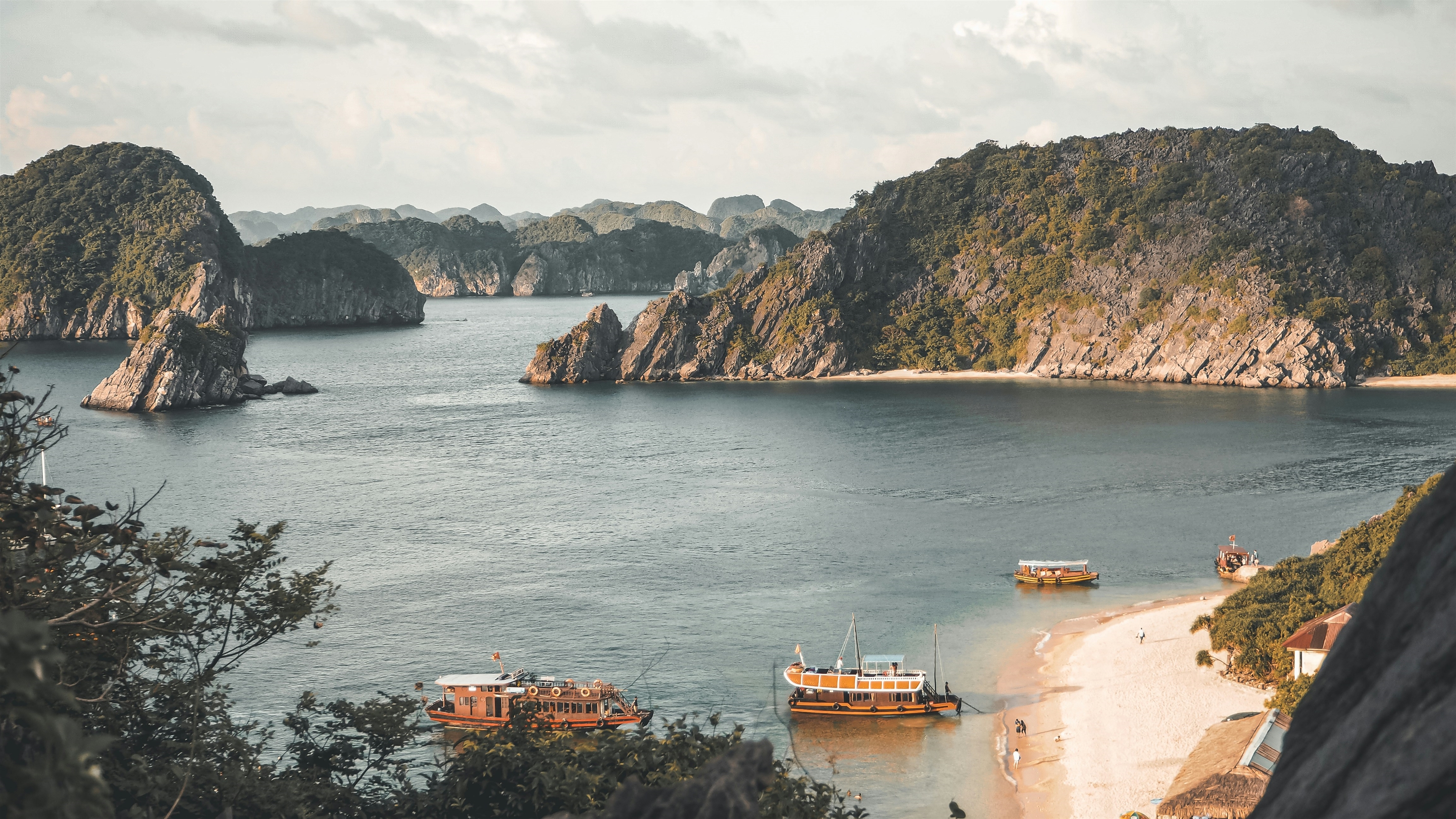

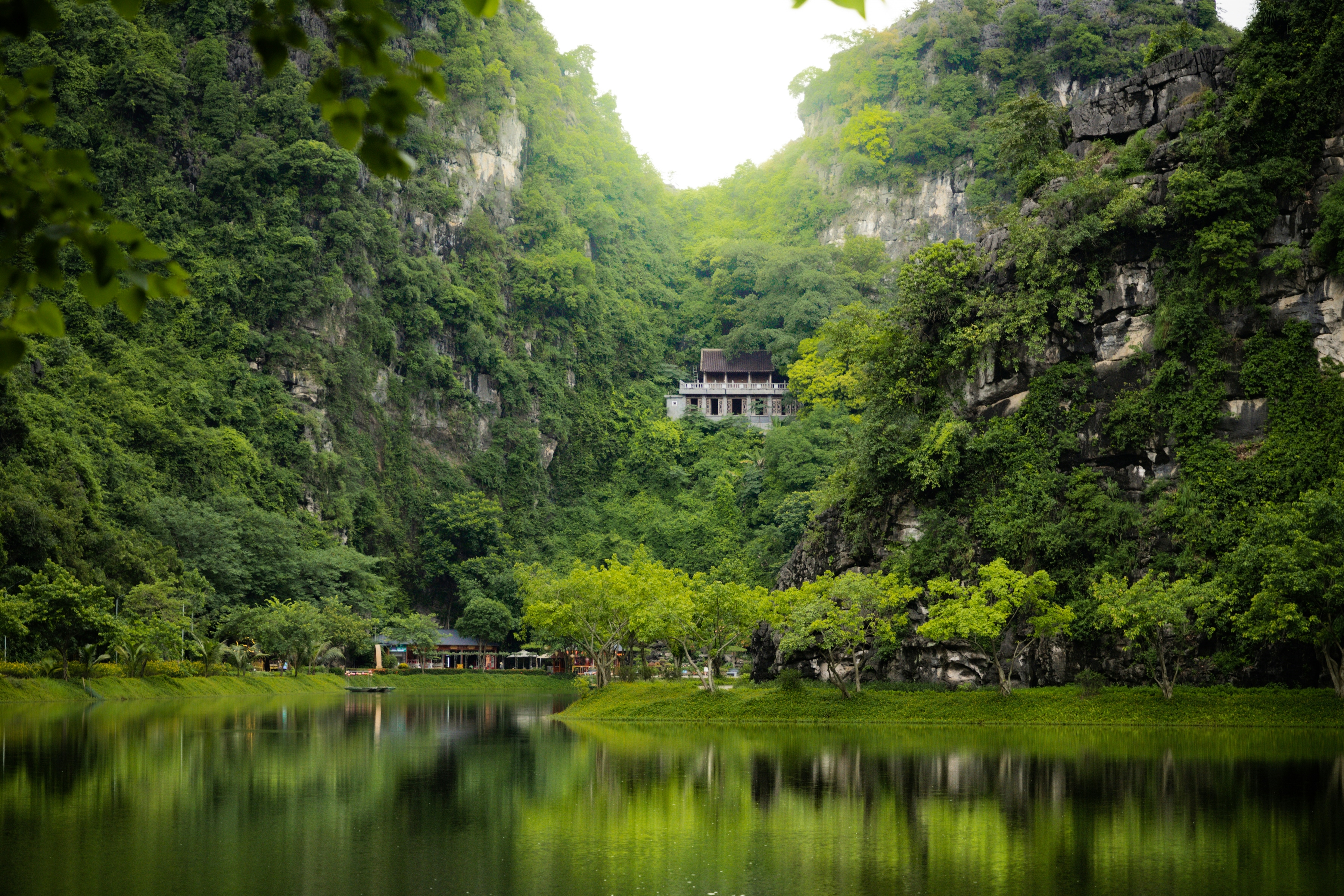
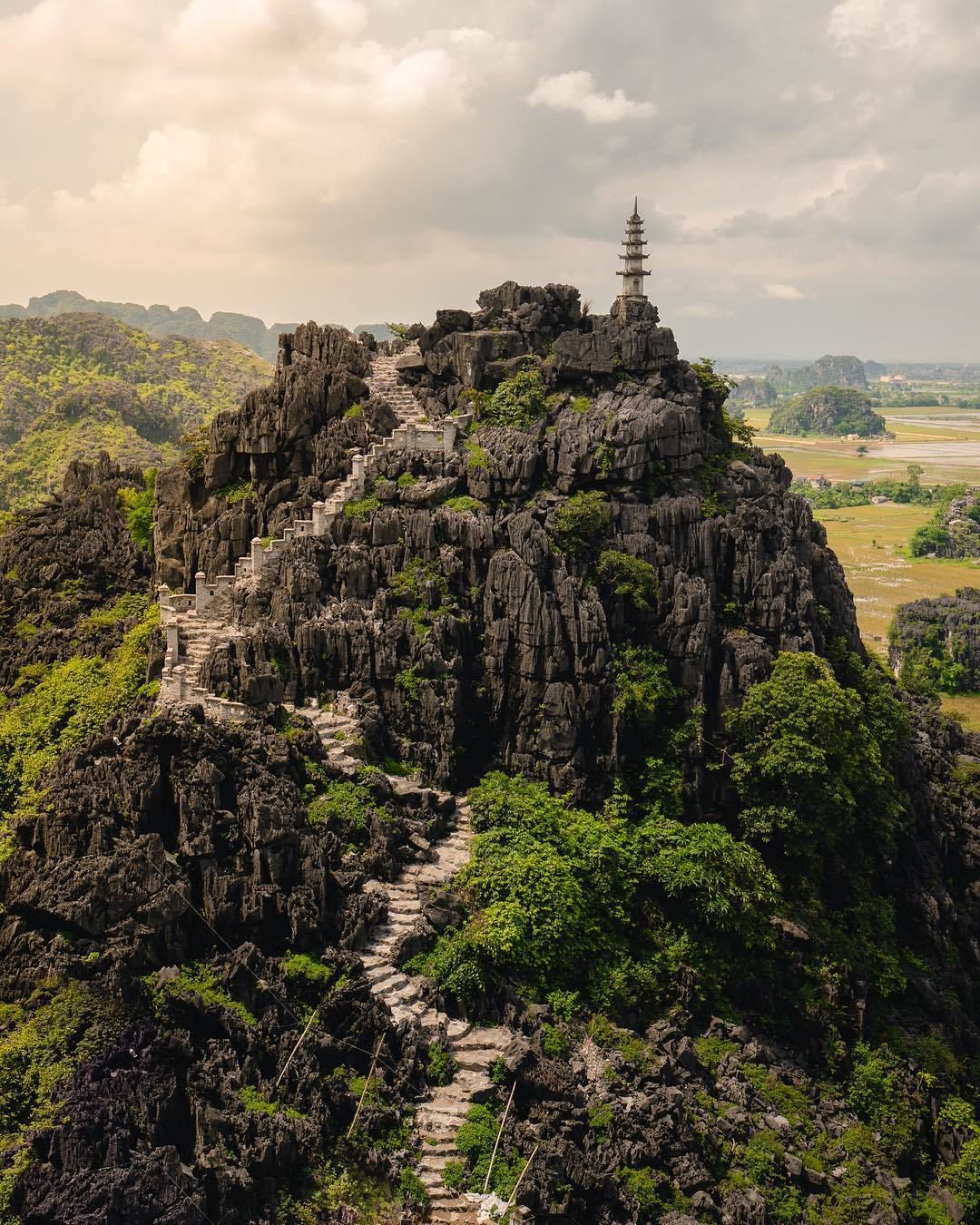
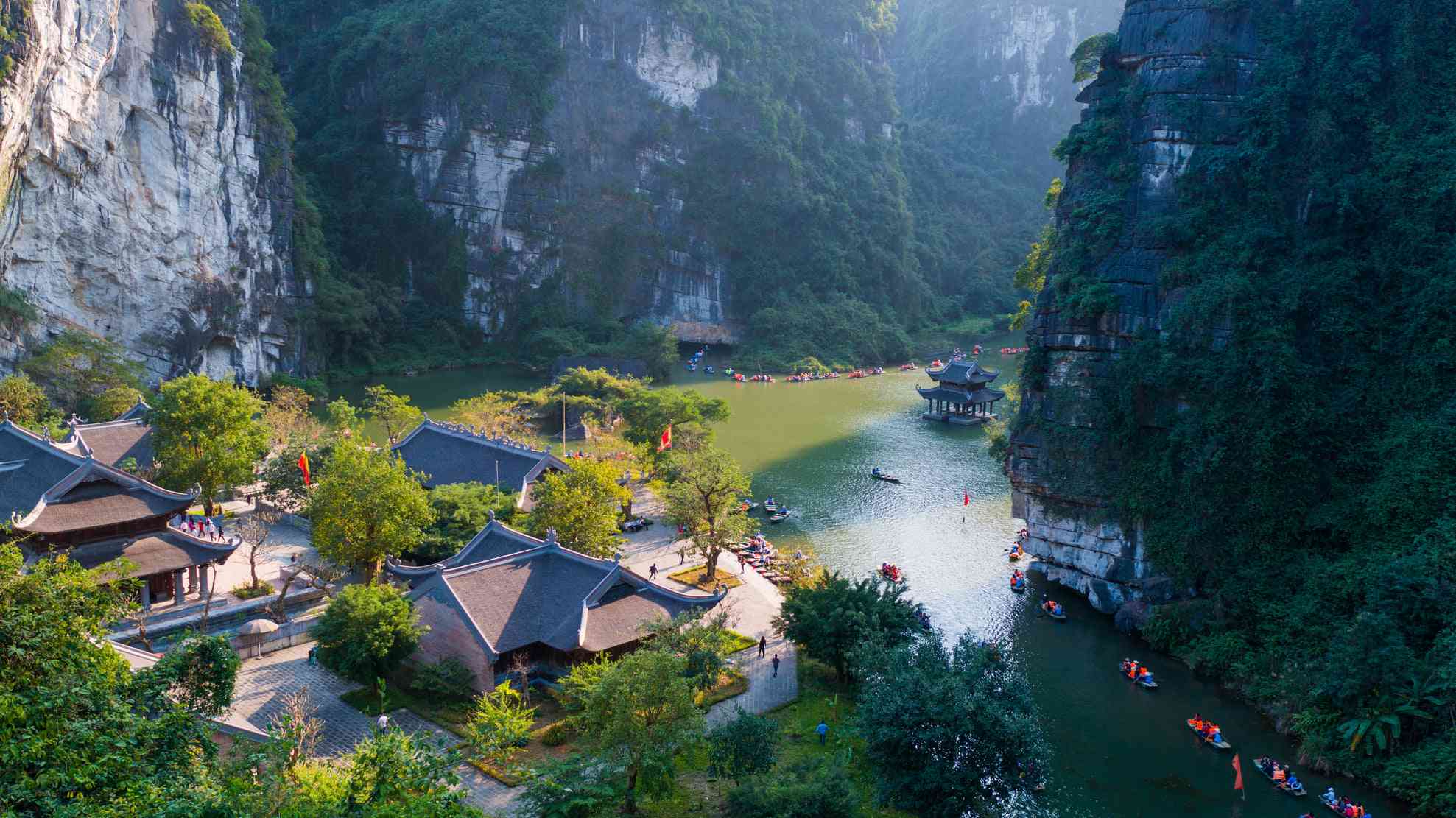
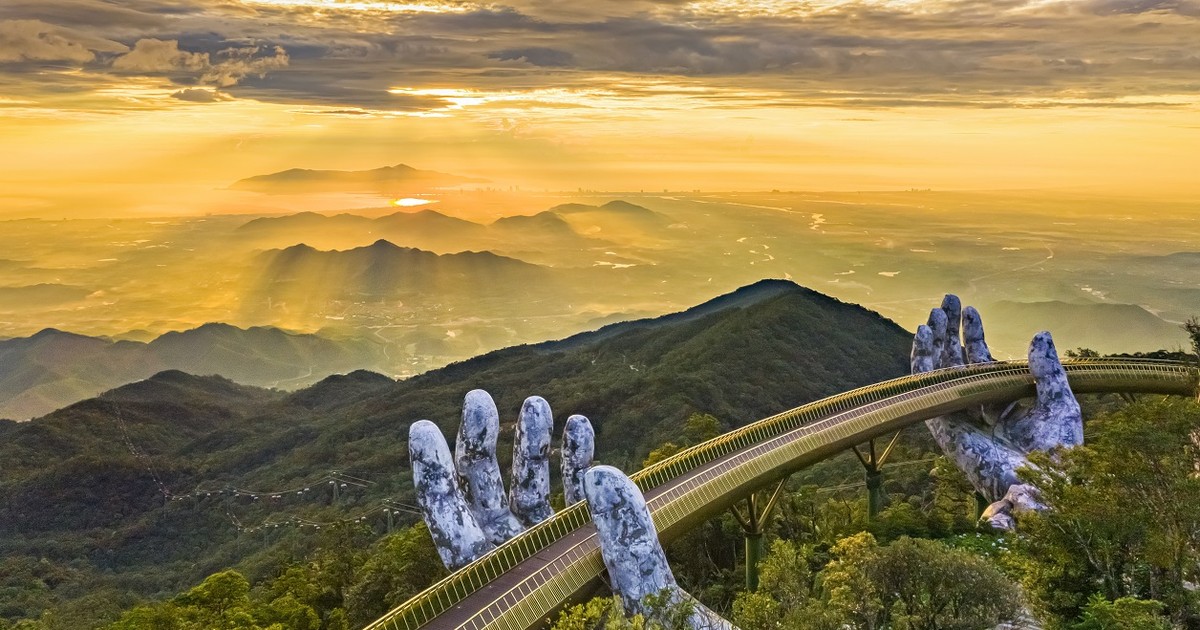

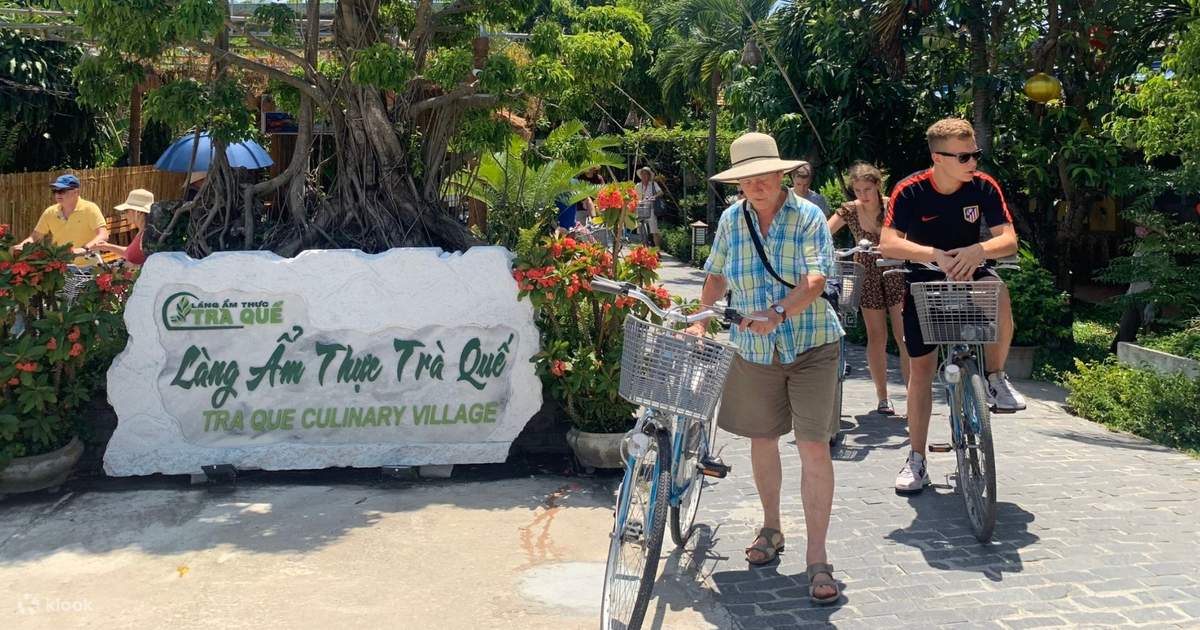
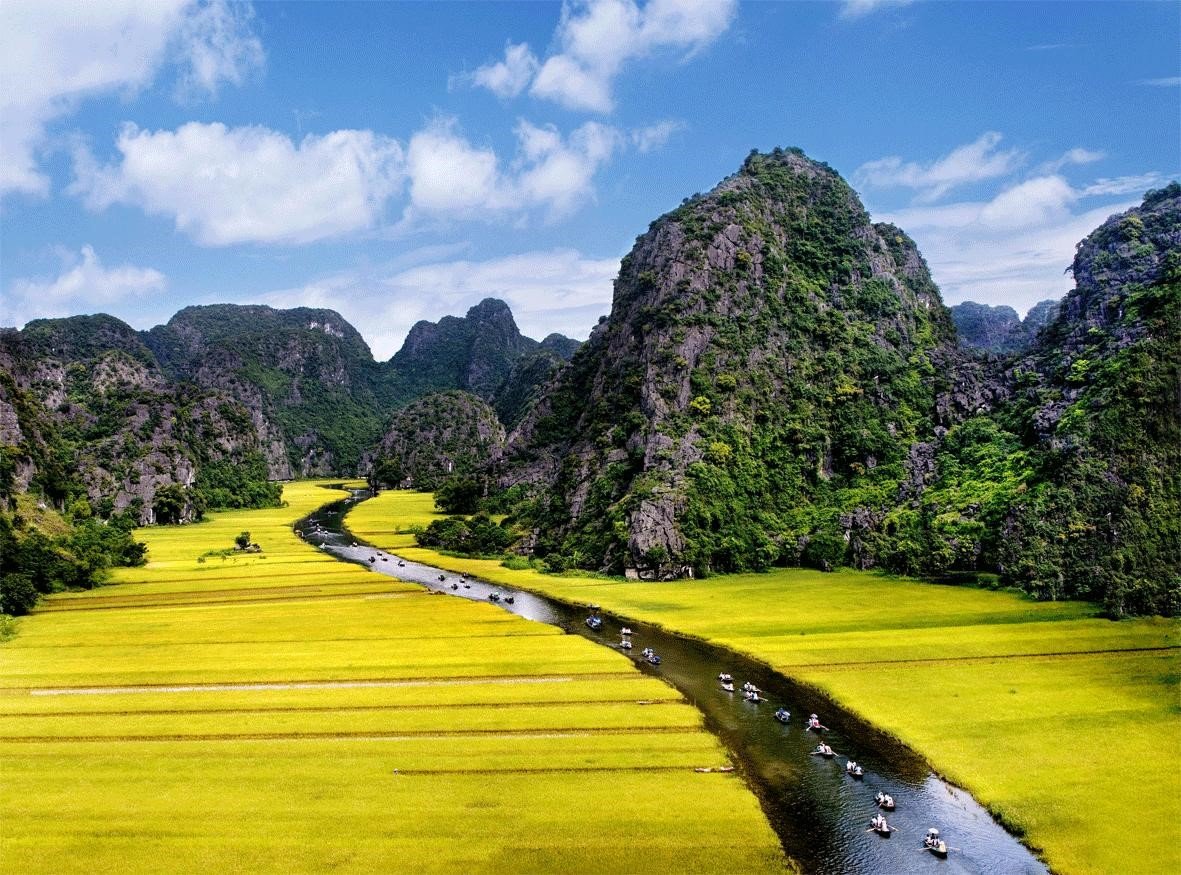

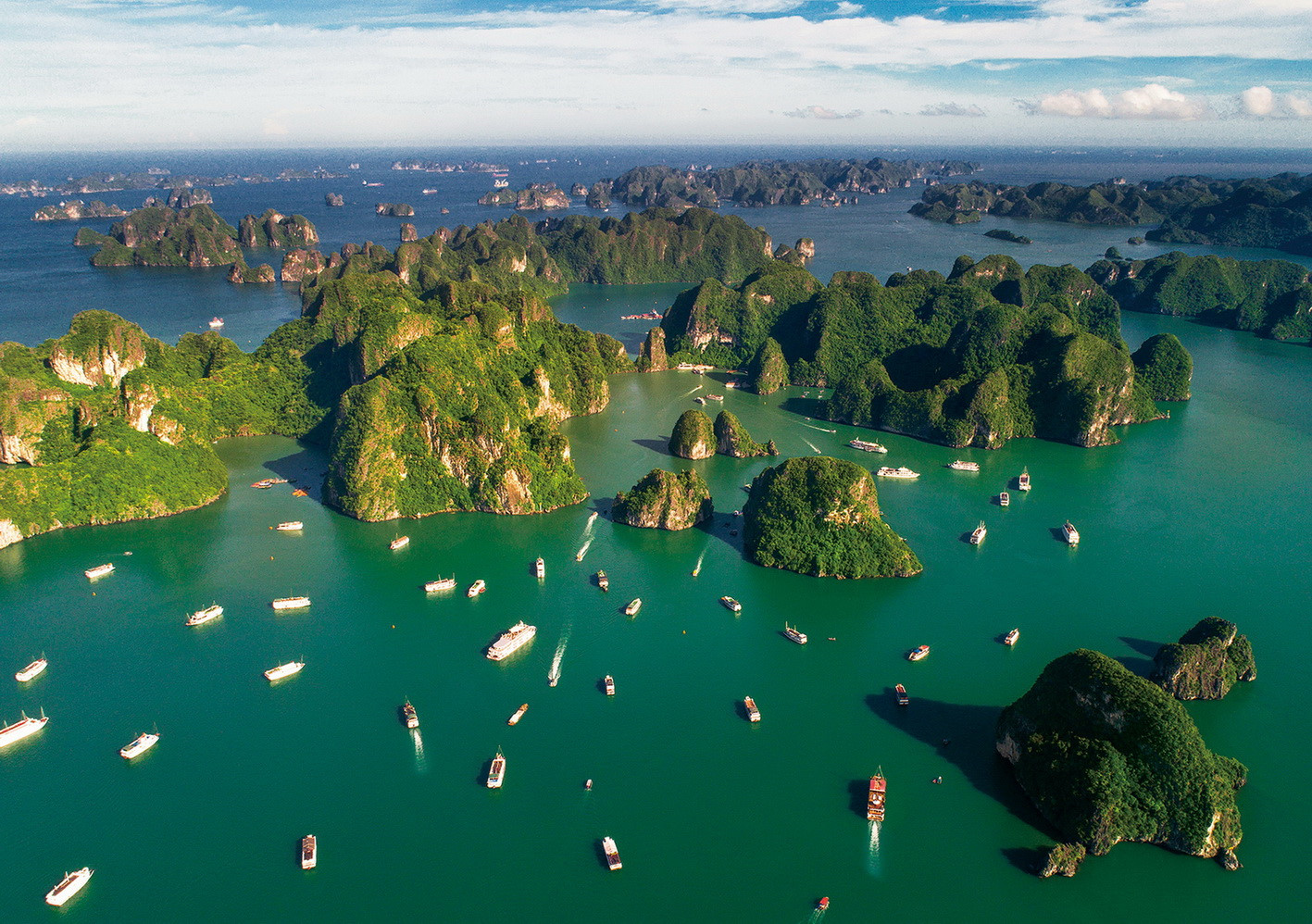


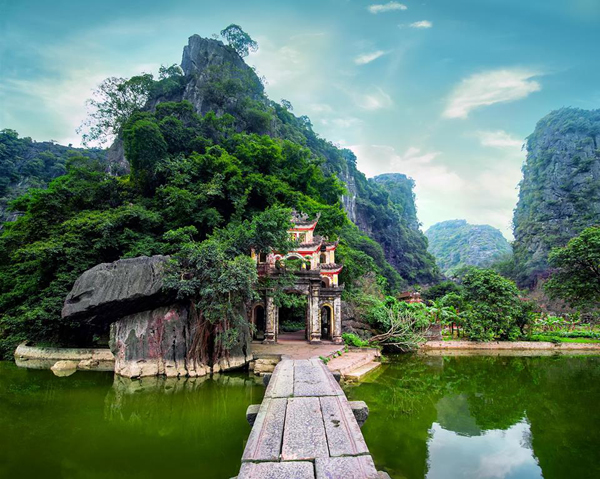

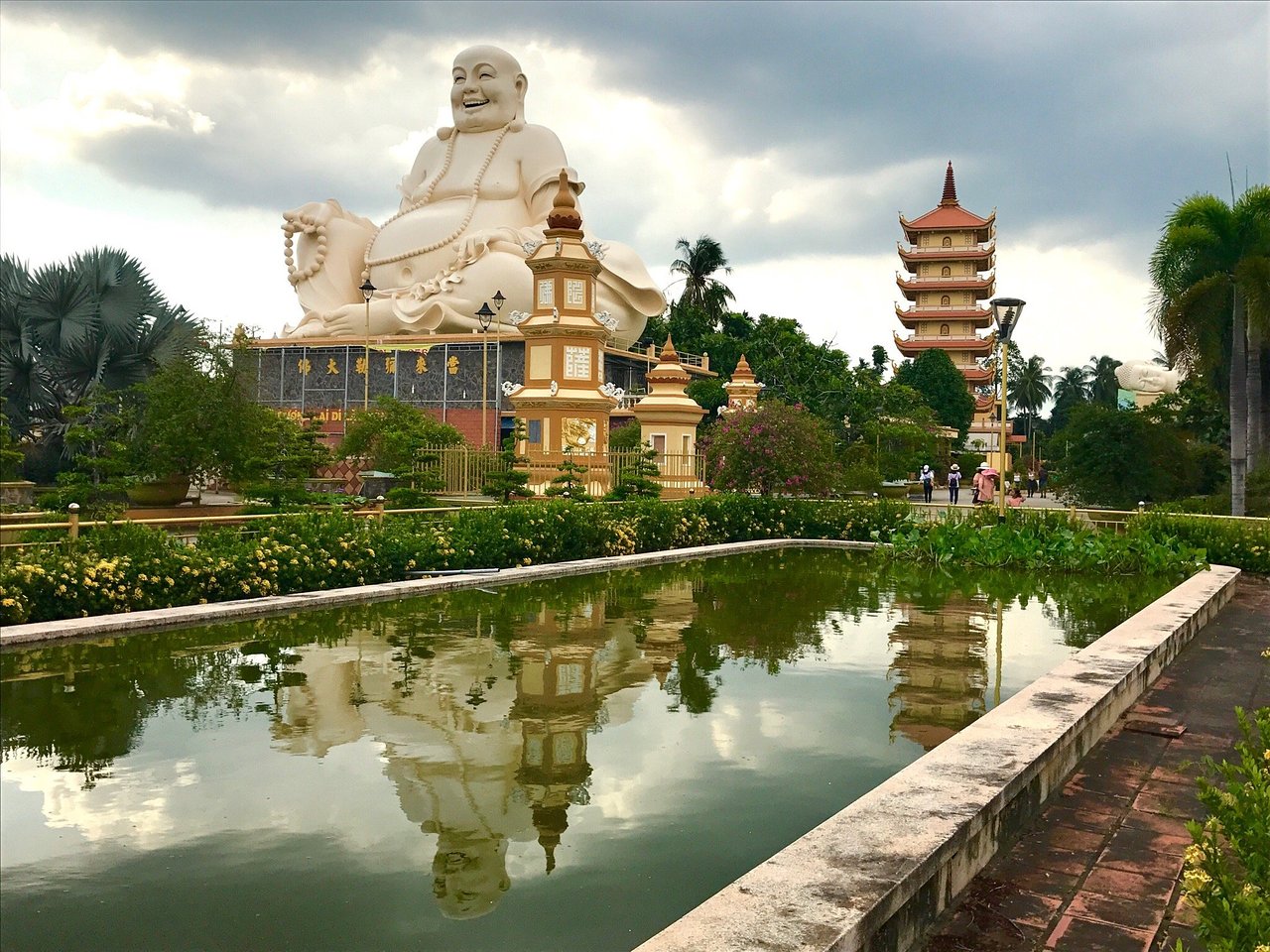

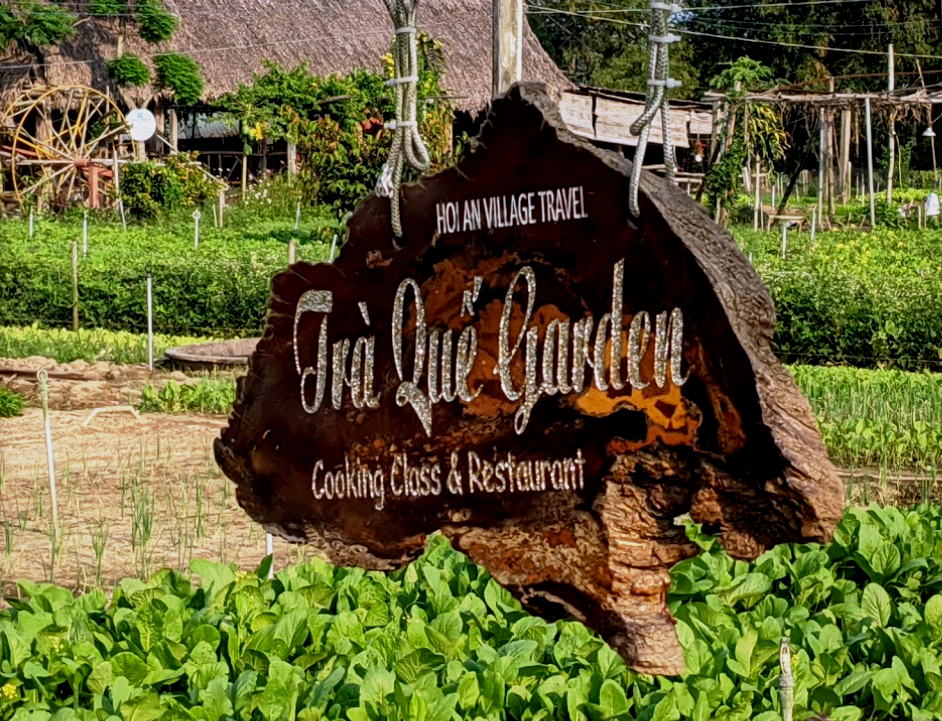
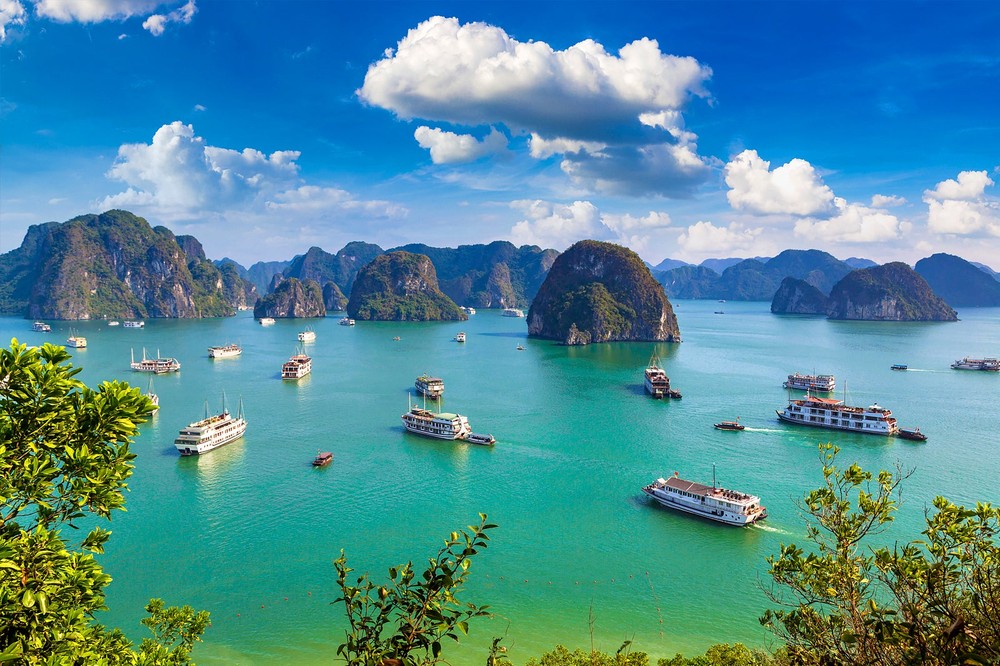

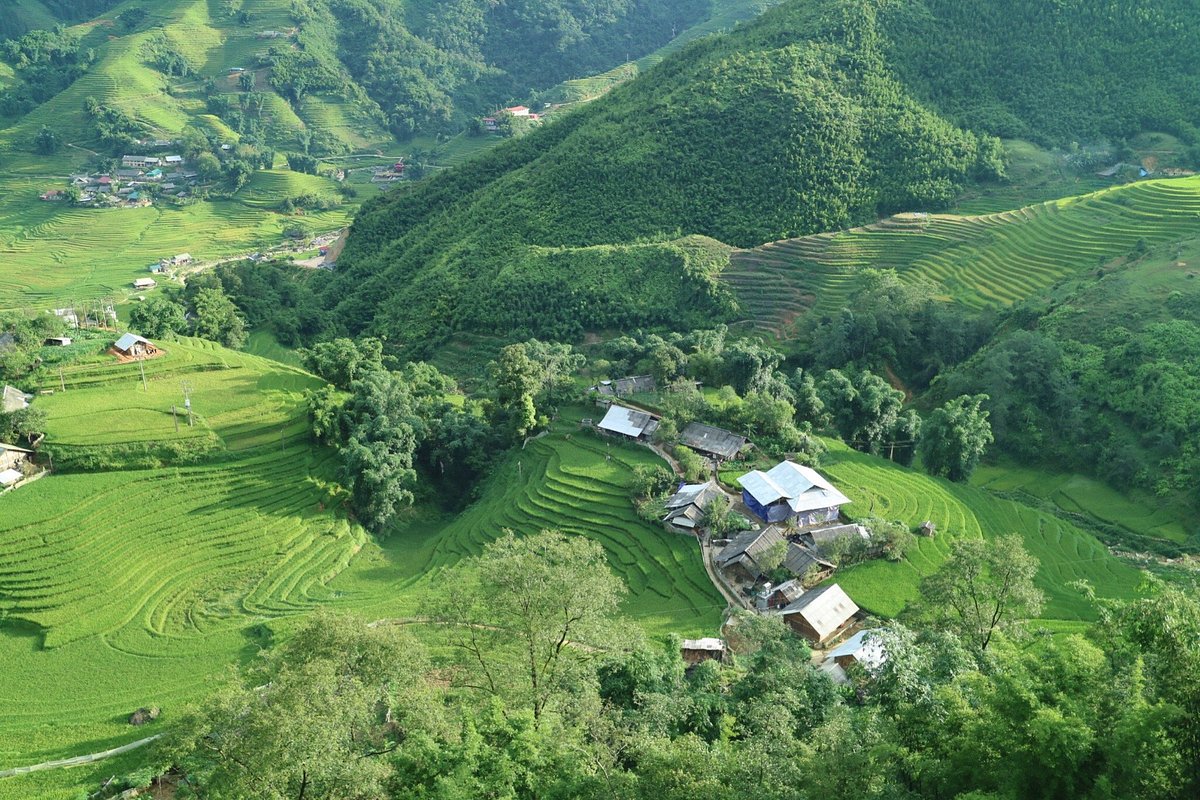
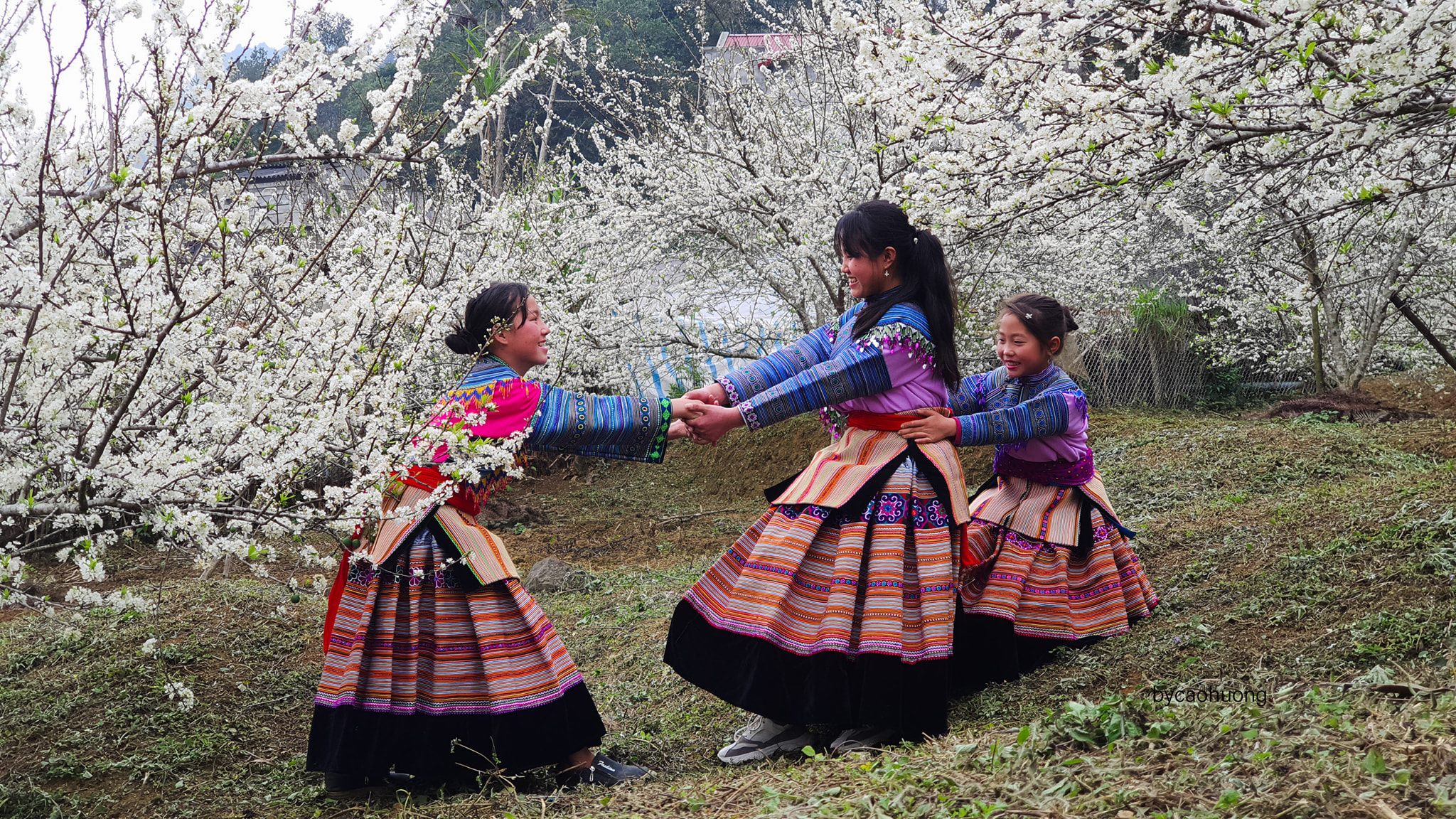



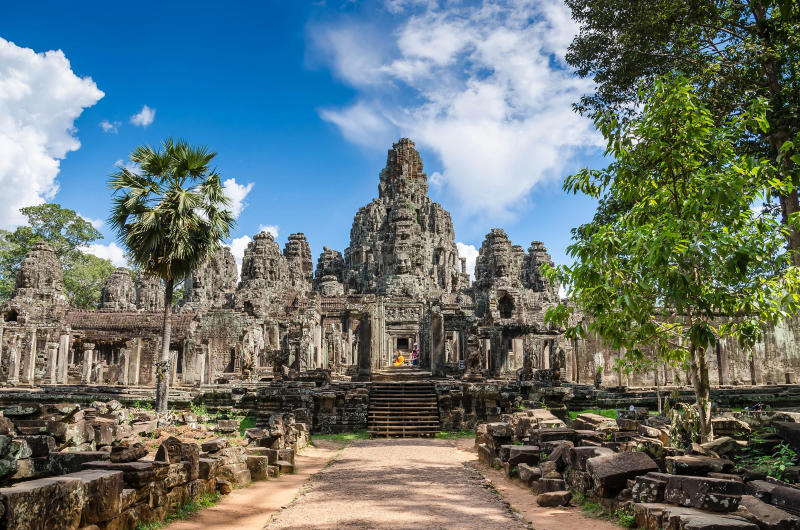
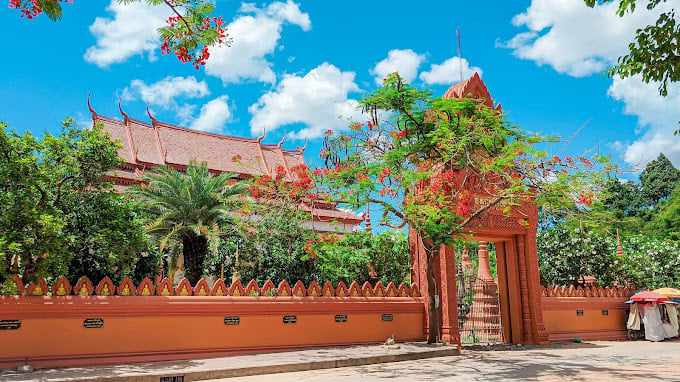

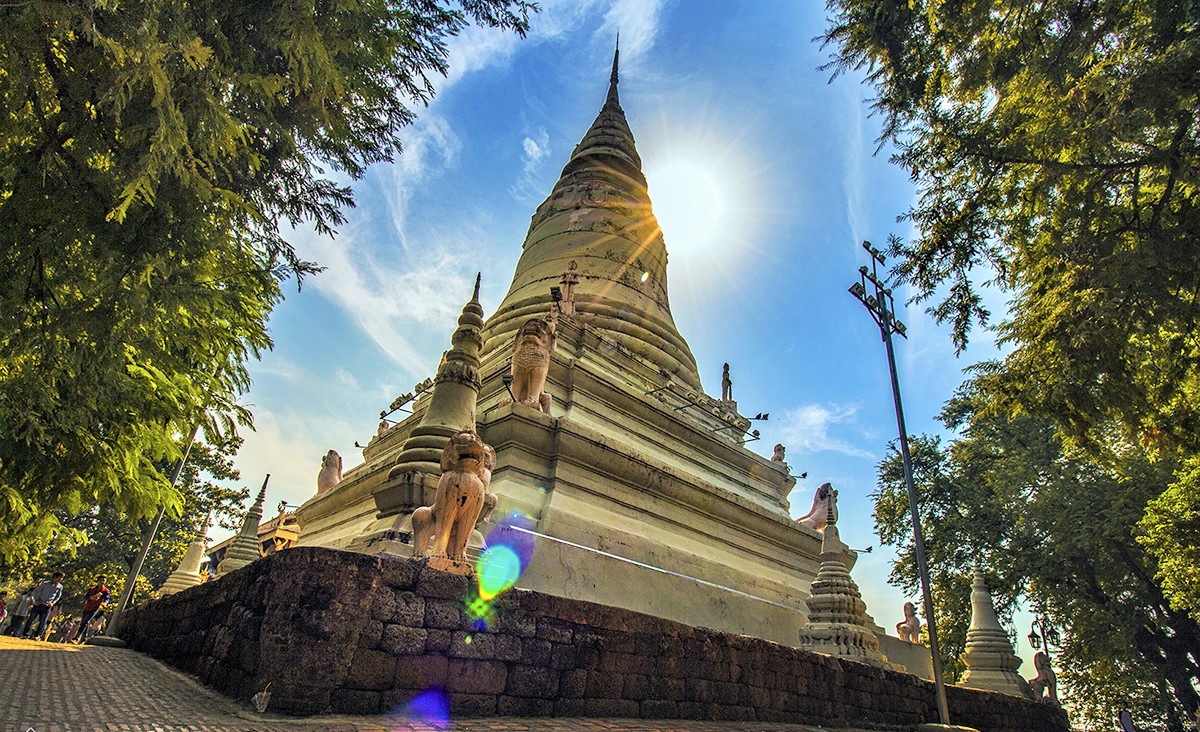
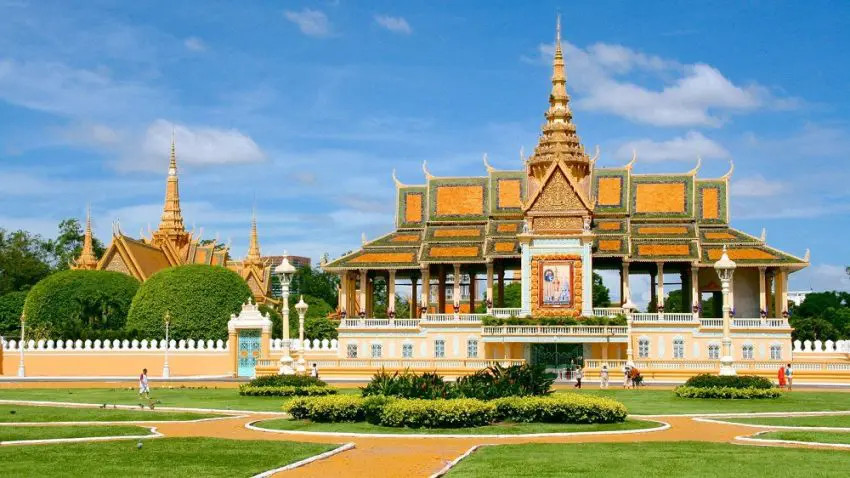


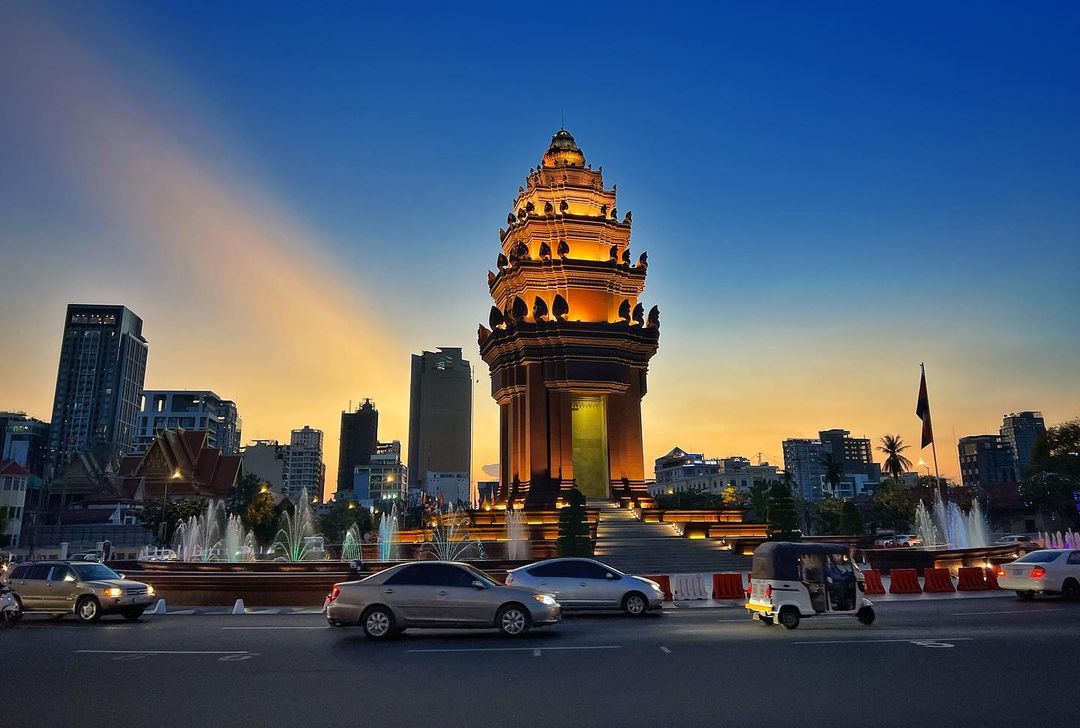
.jpg)
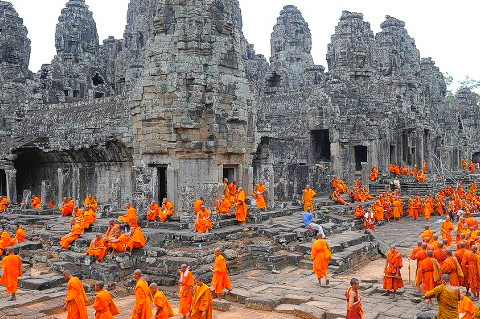
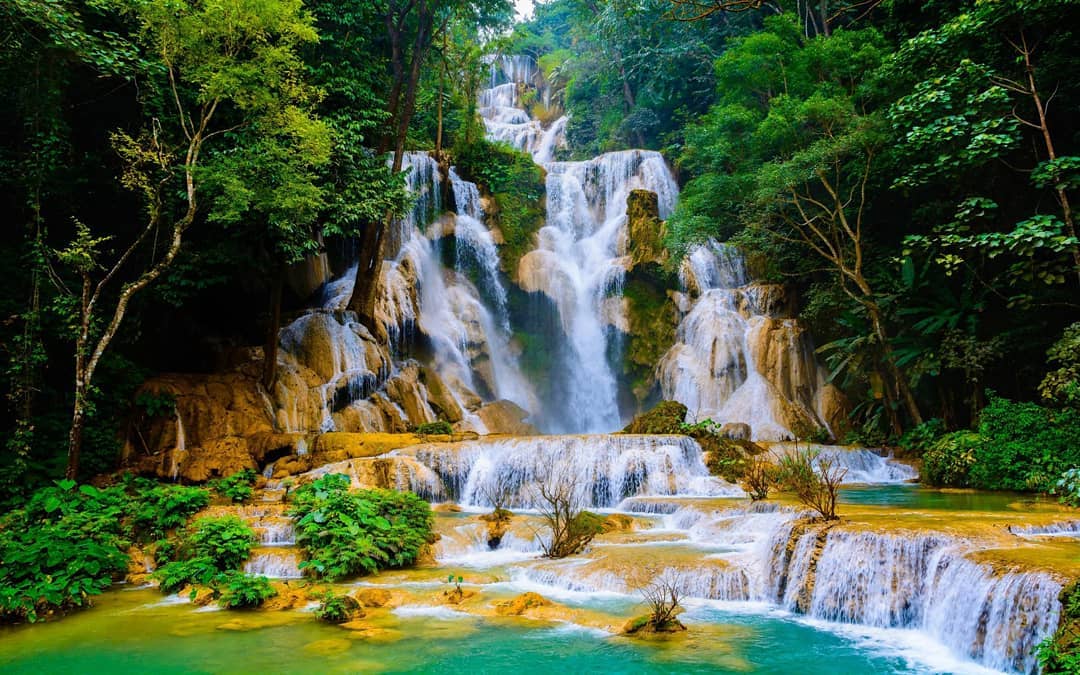
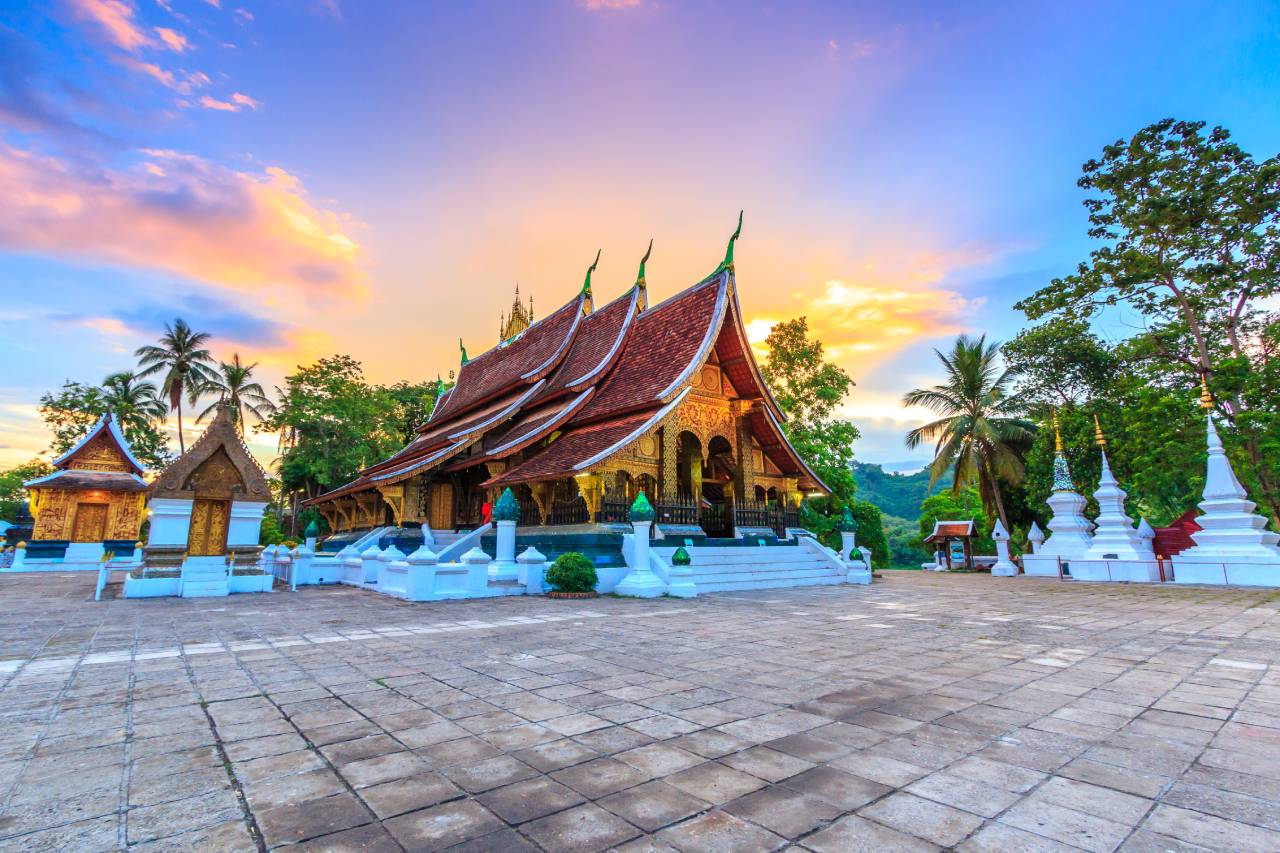
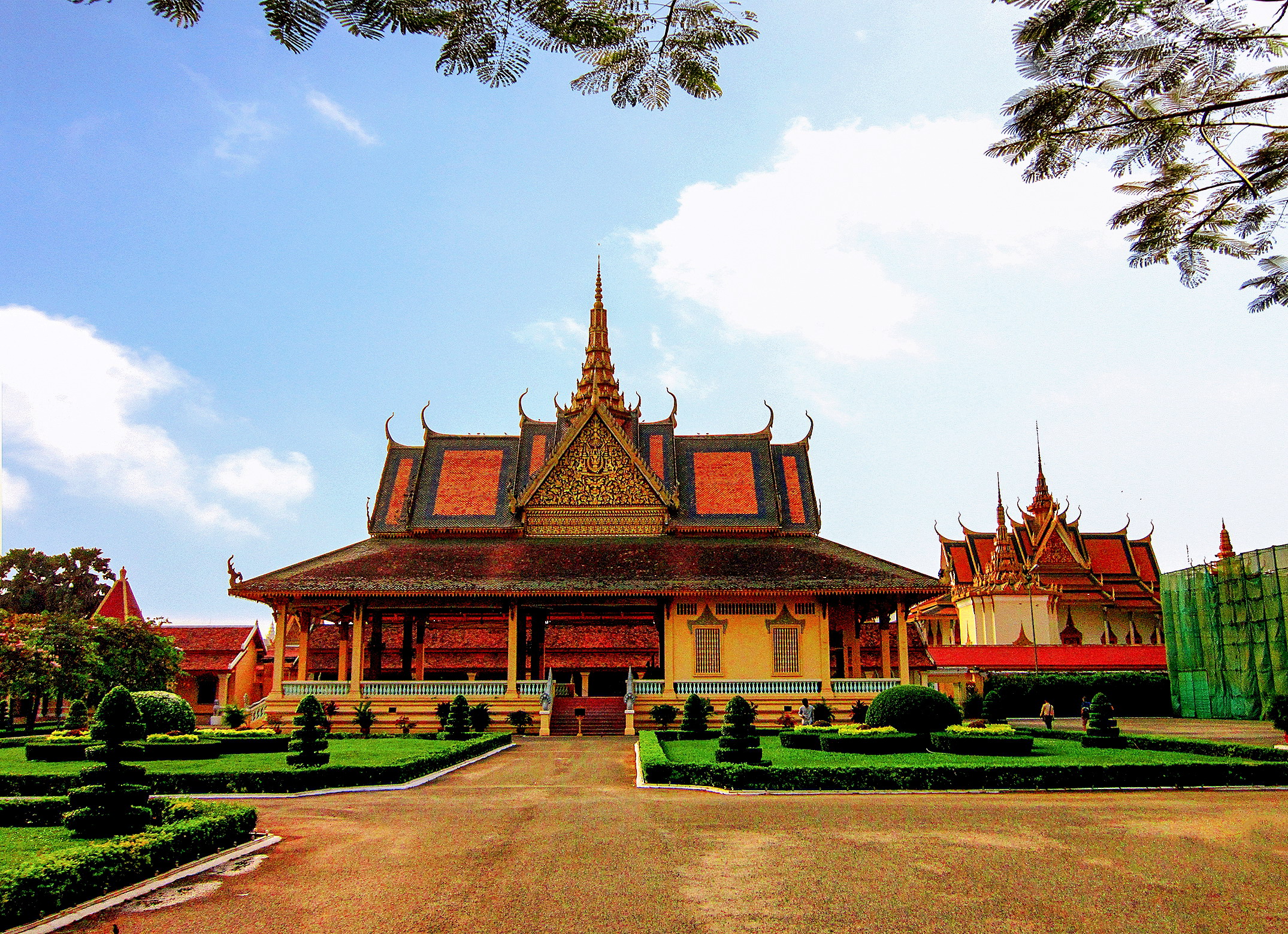
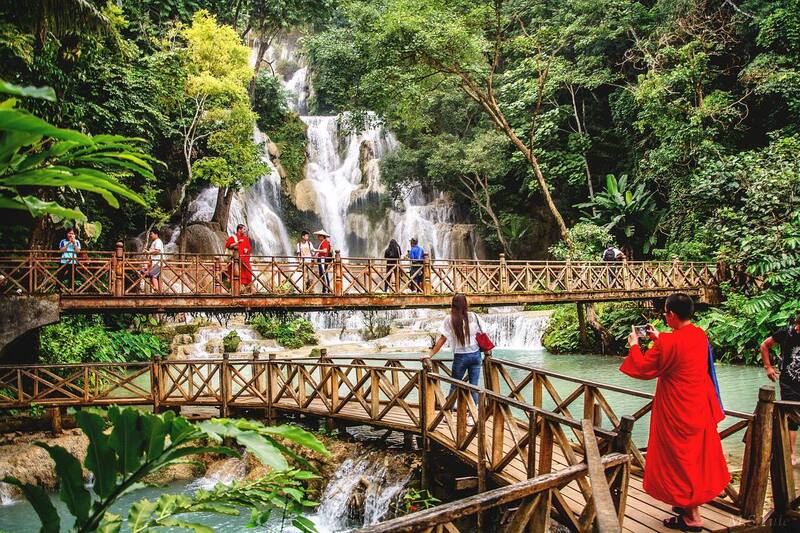
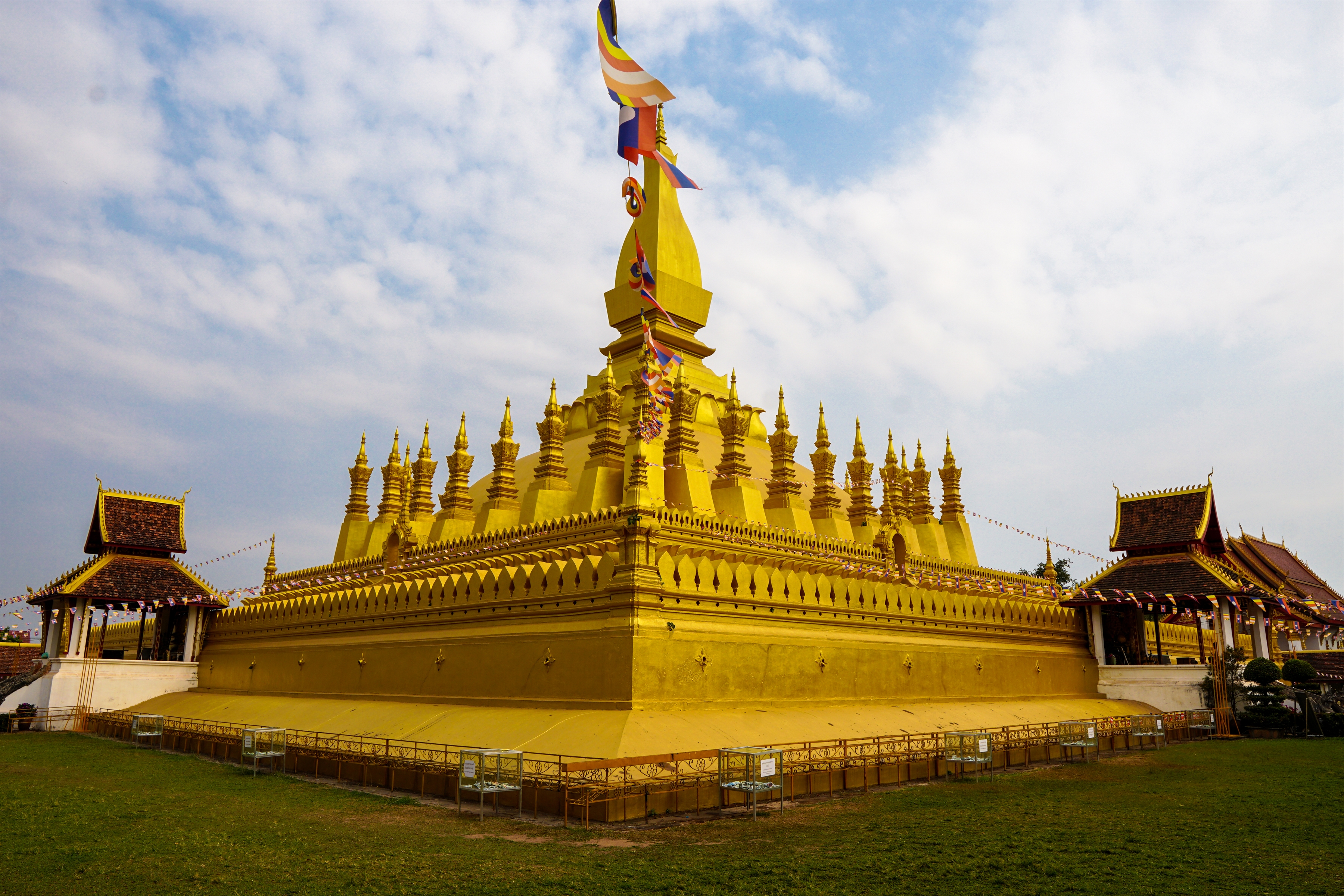
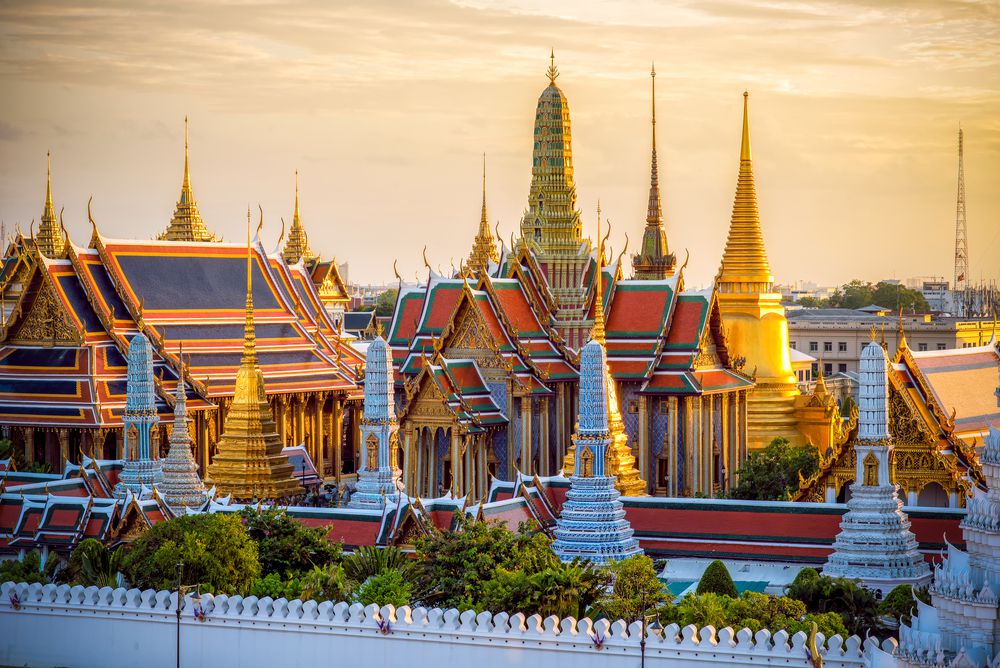
.jpg)
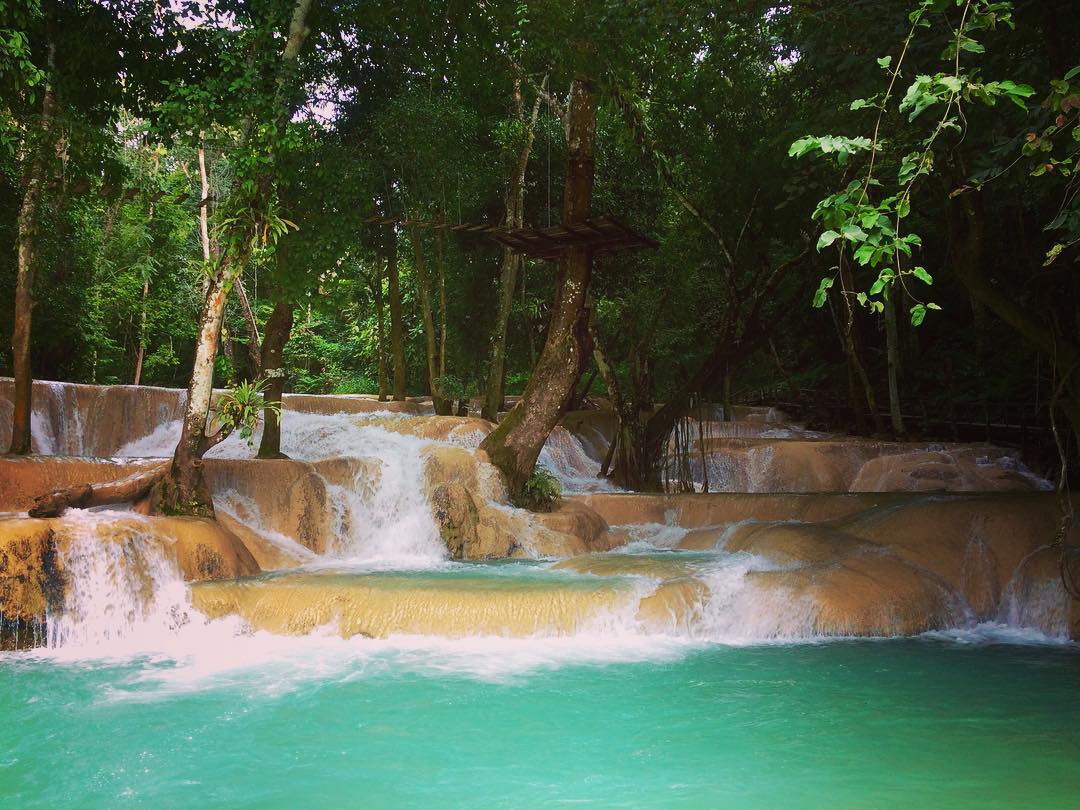
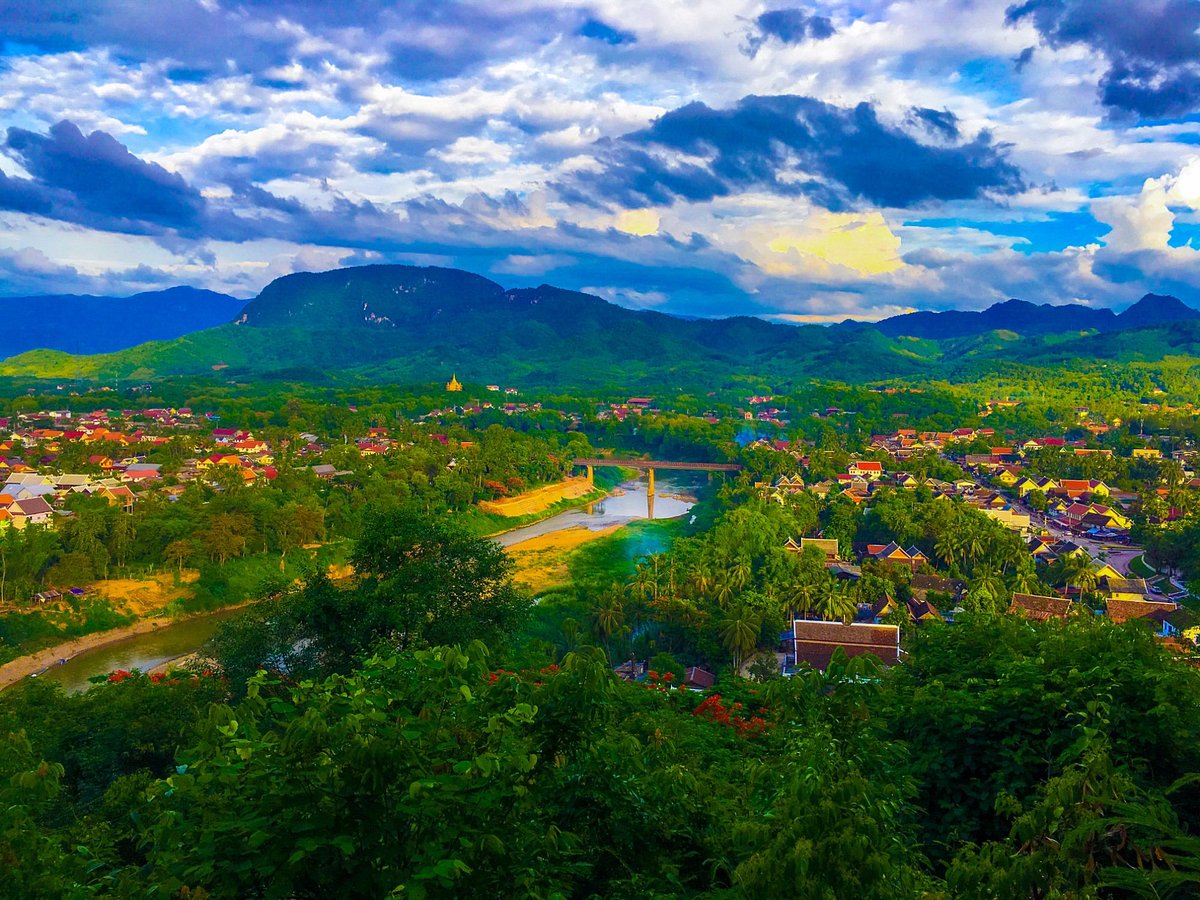
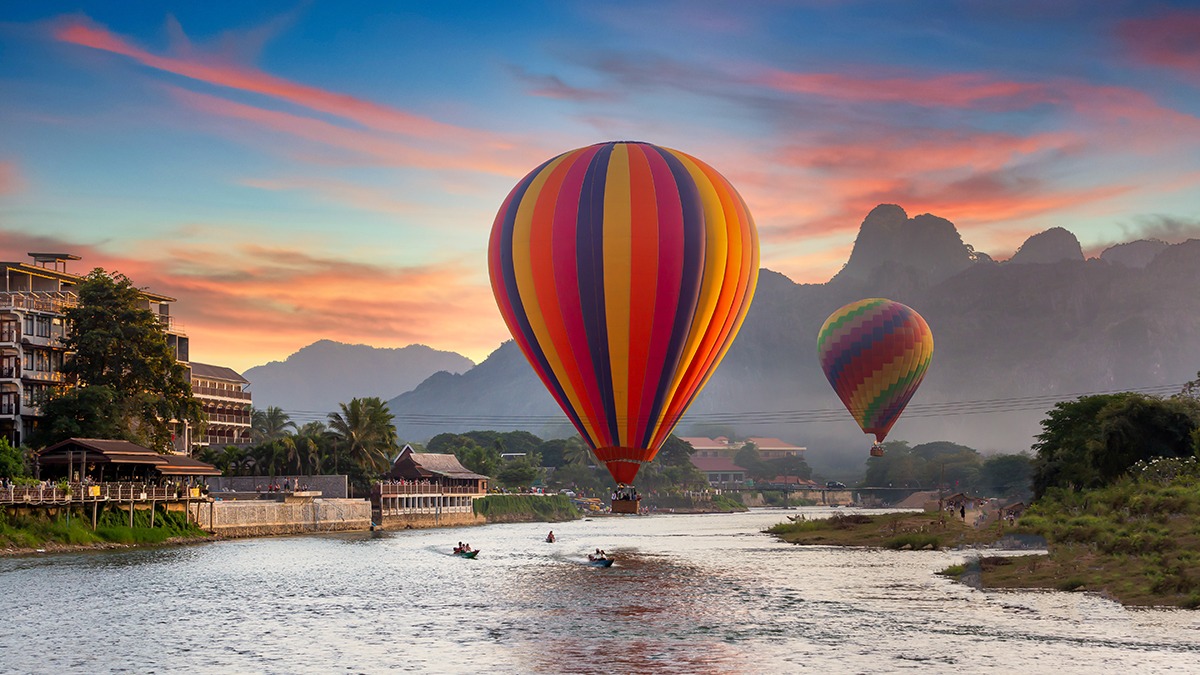
.jpg)

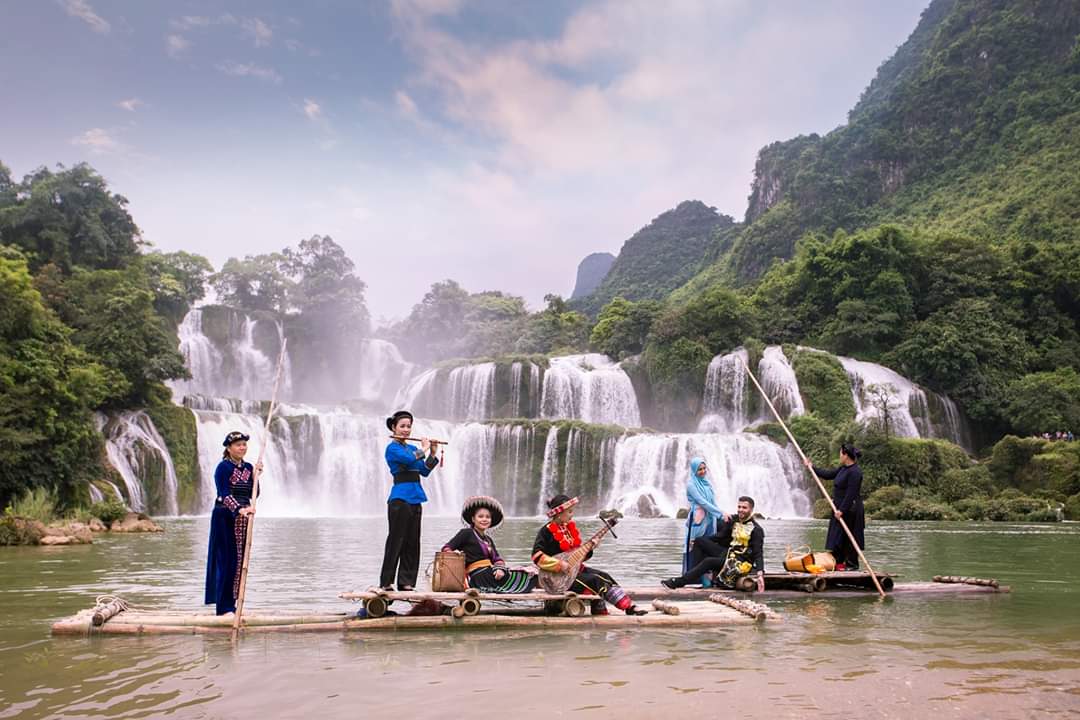
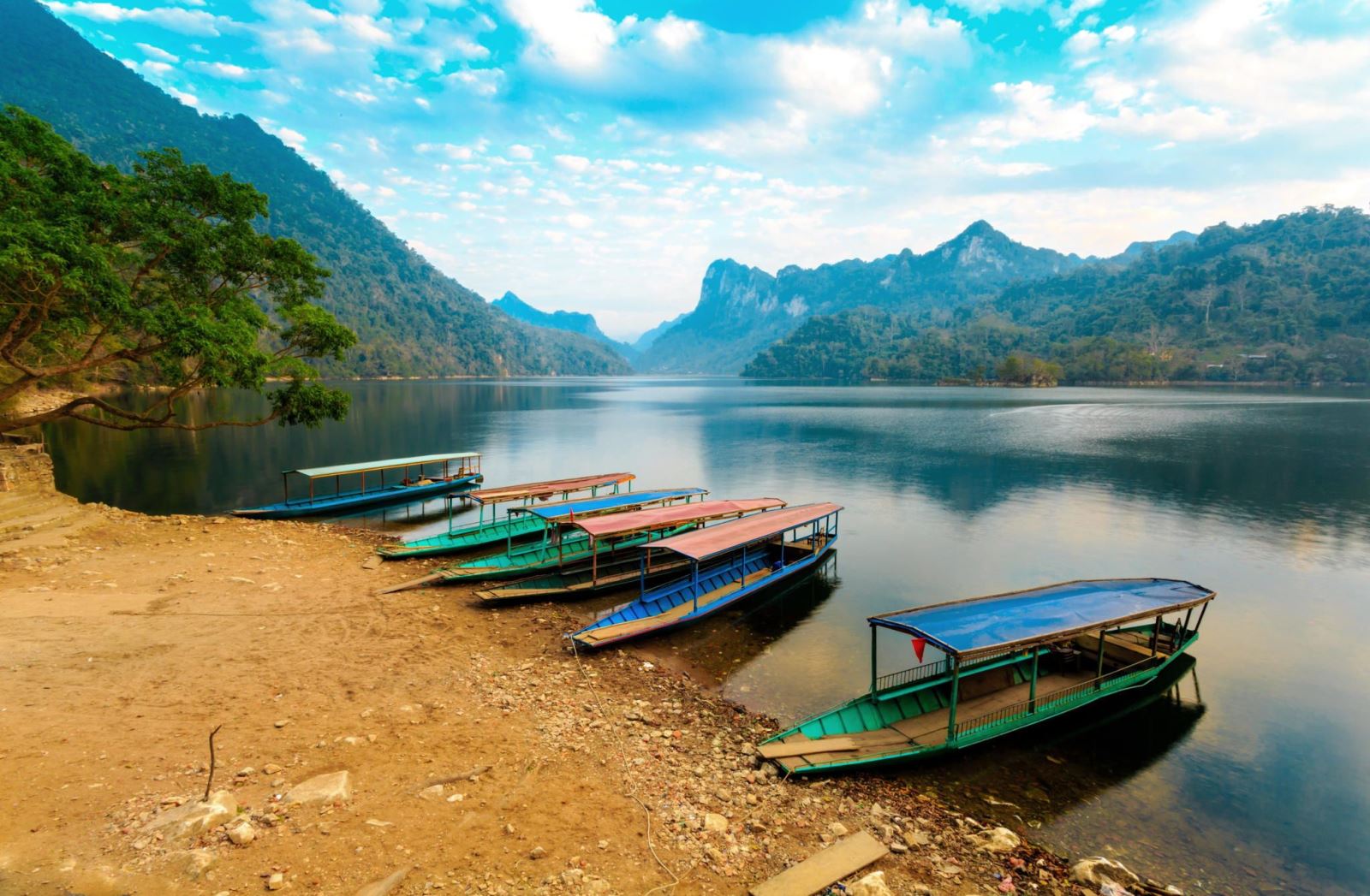
.png)


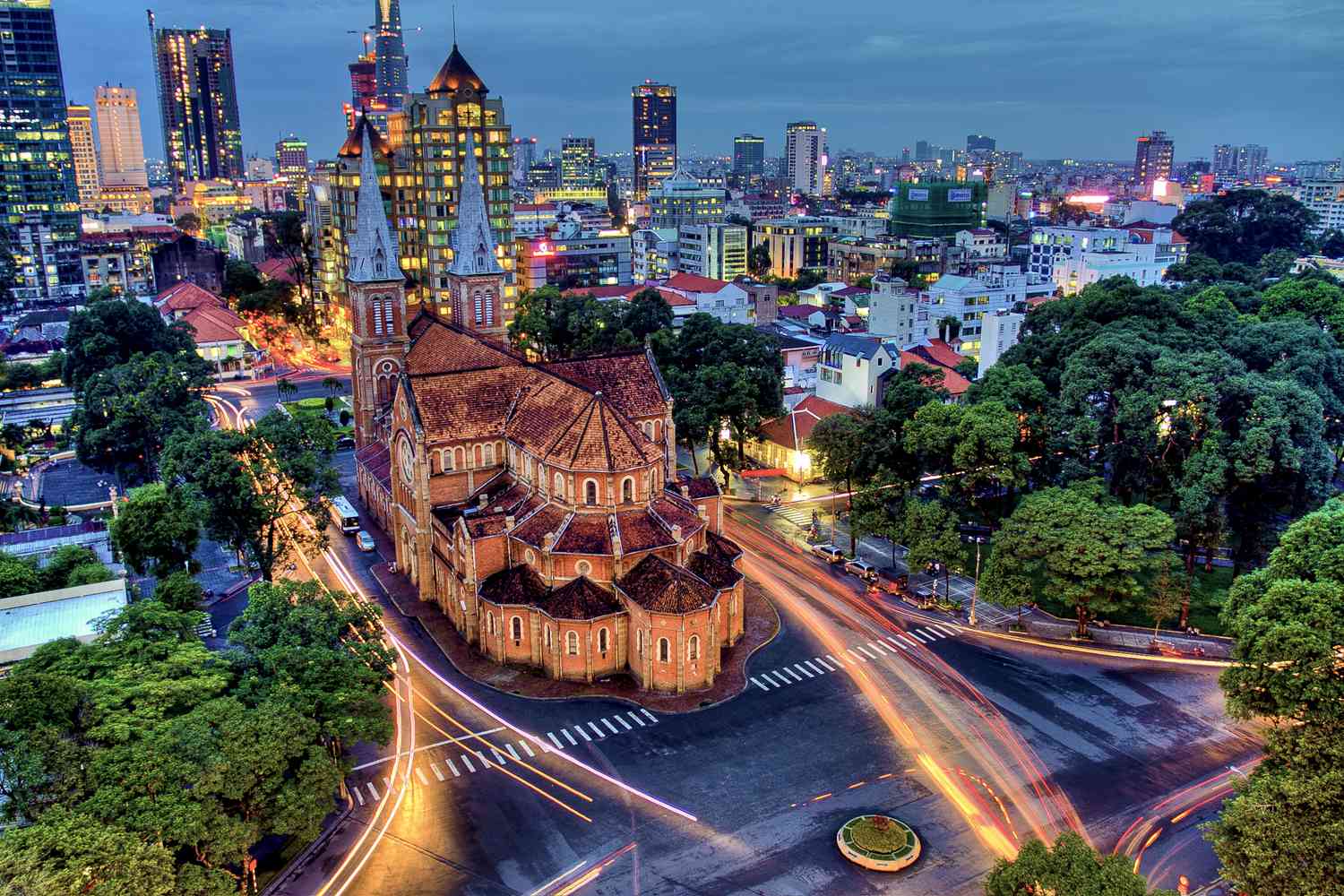

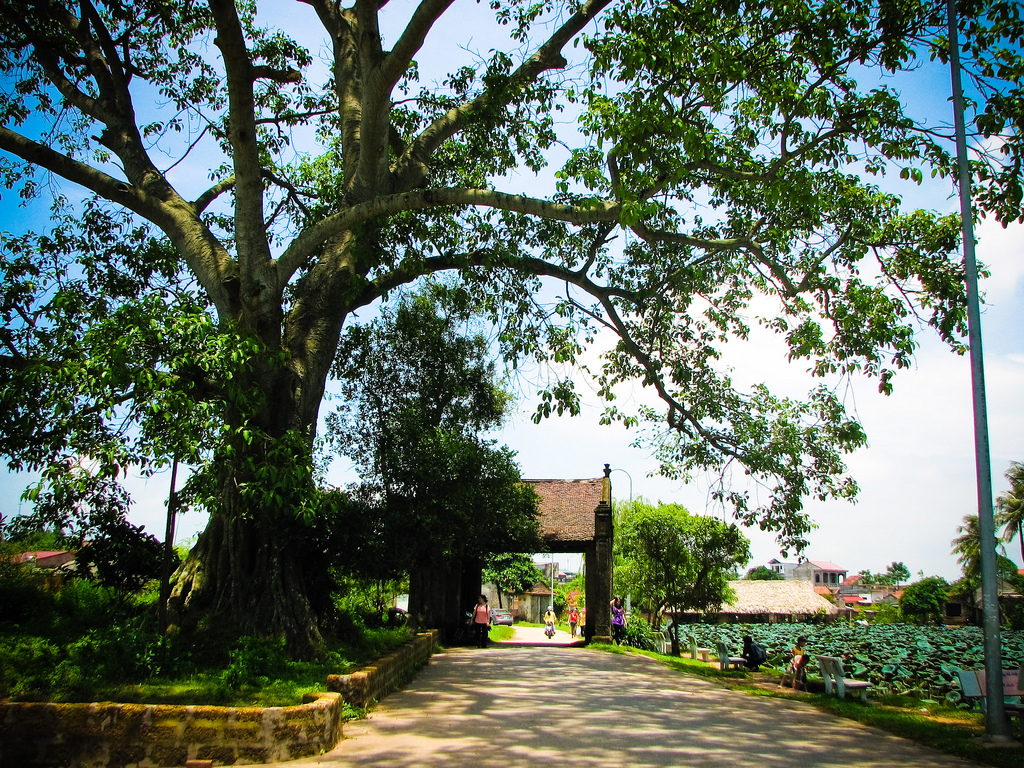
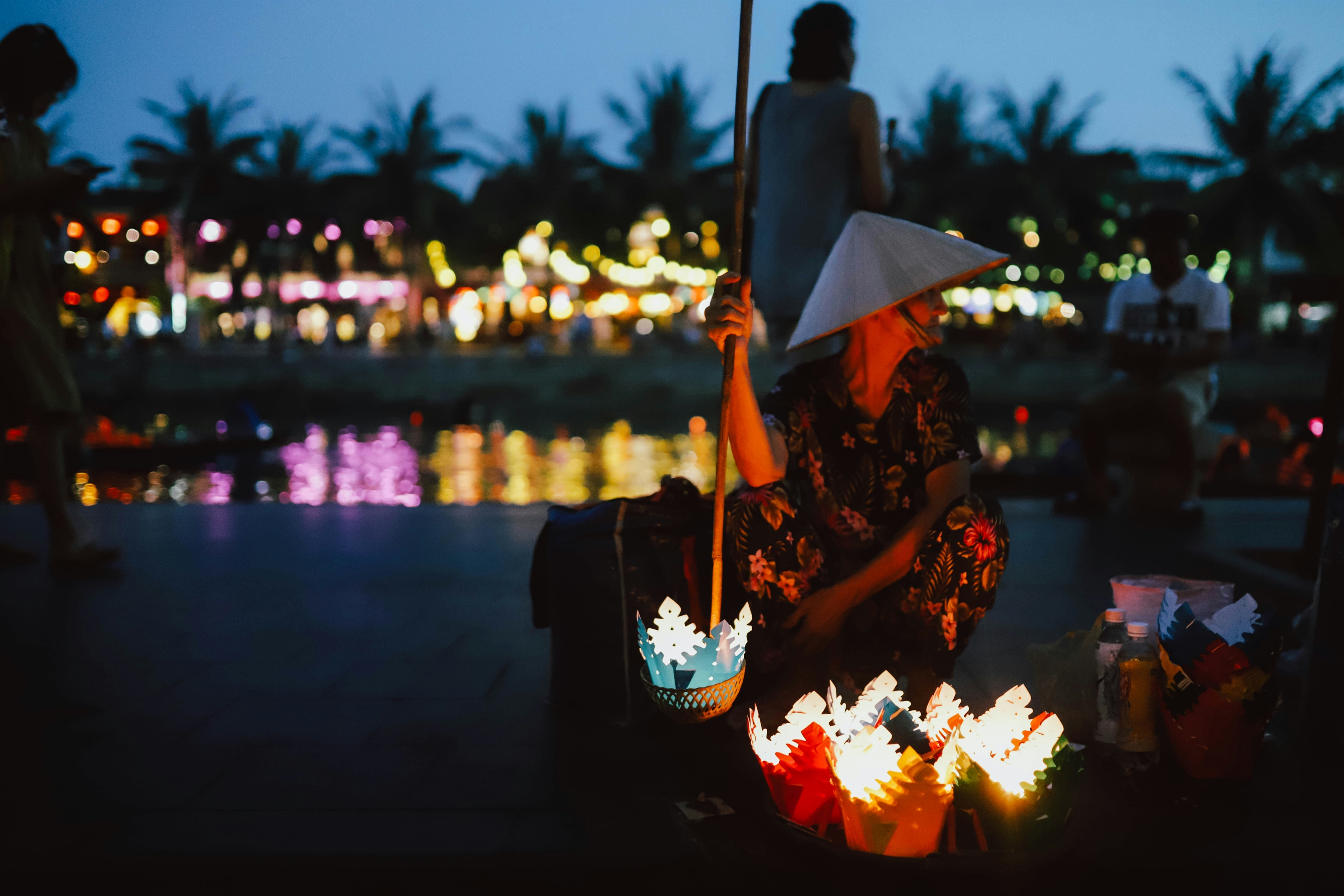
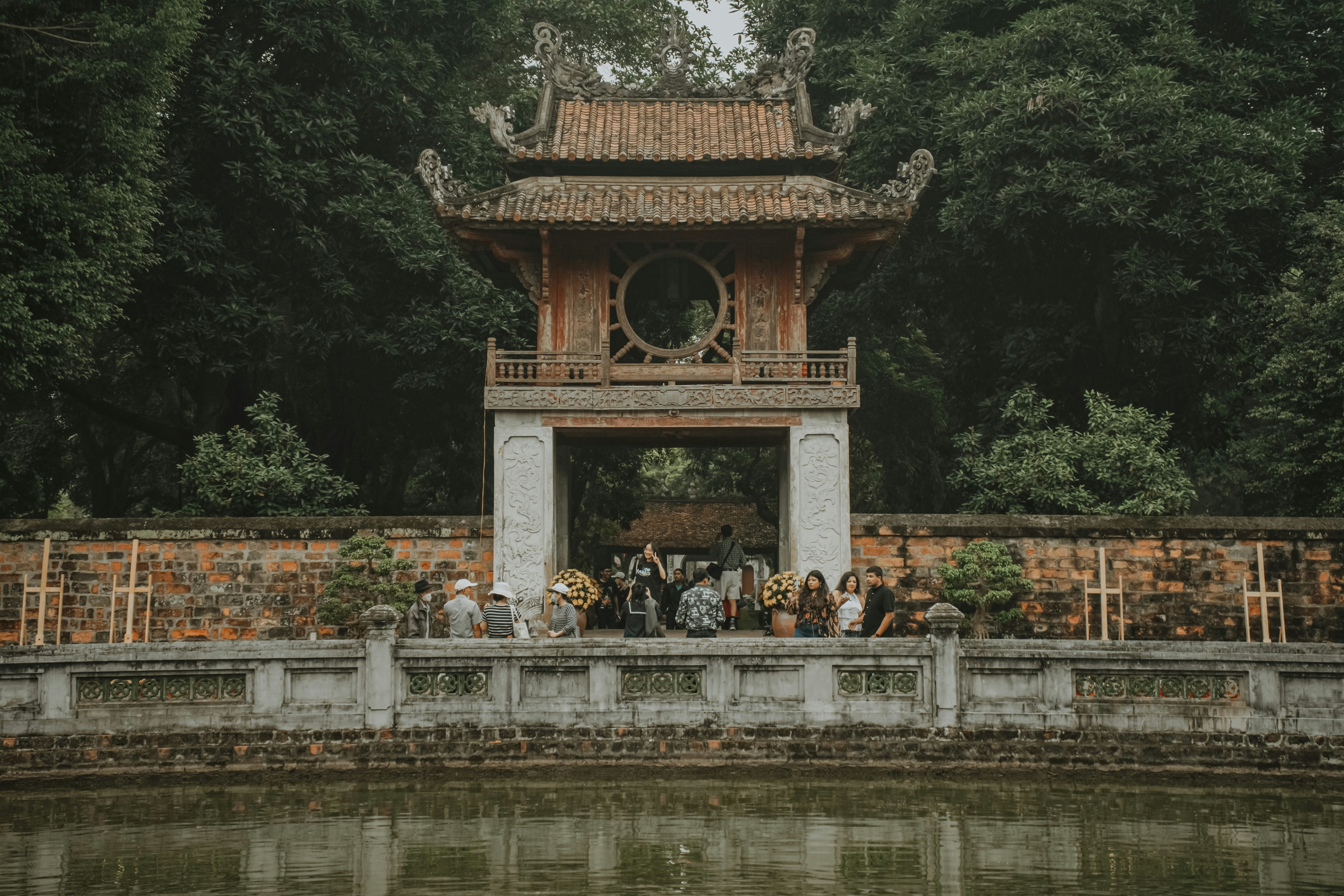

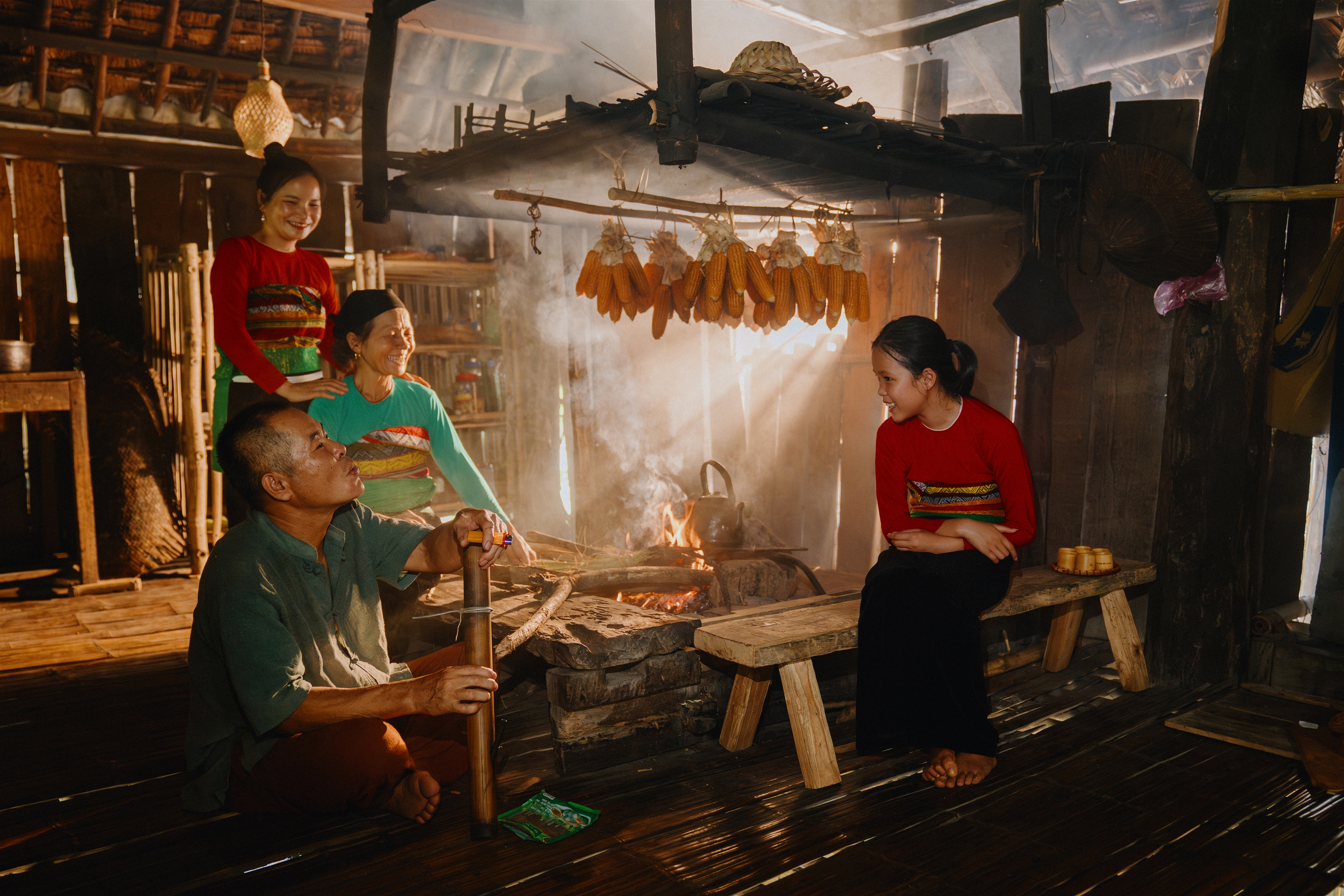

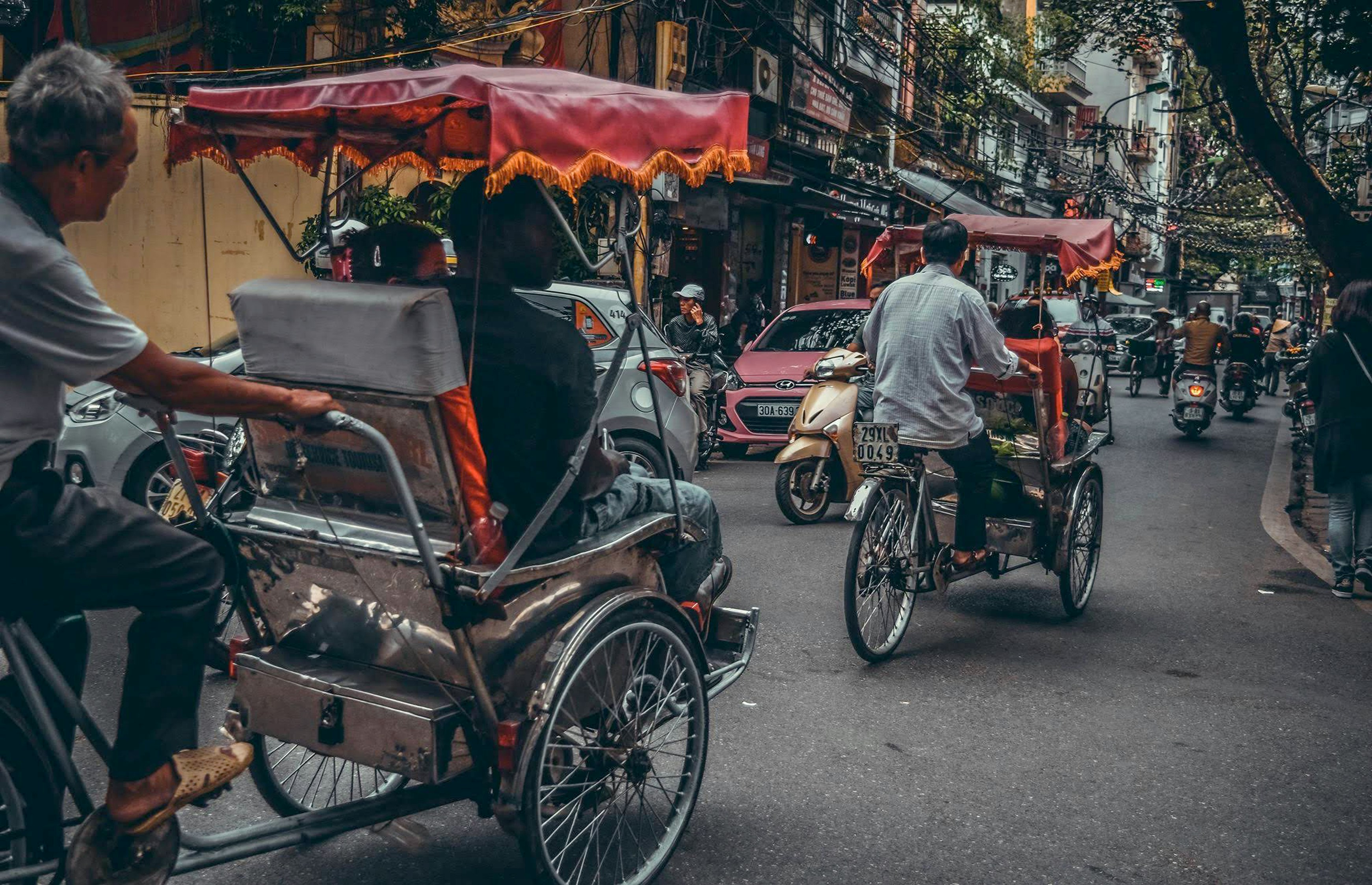
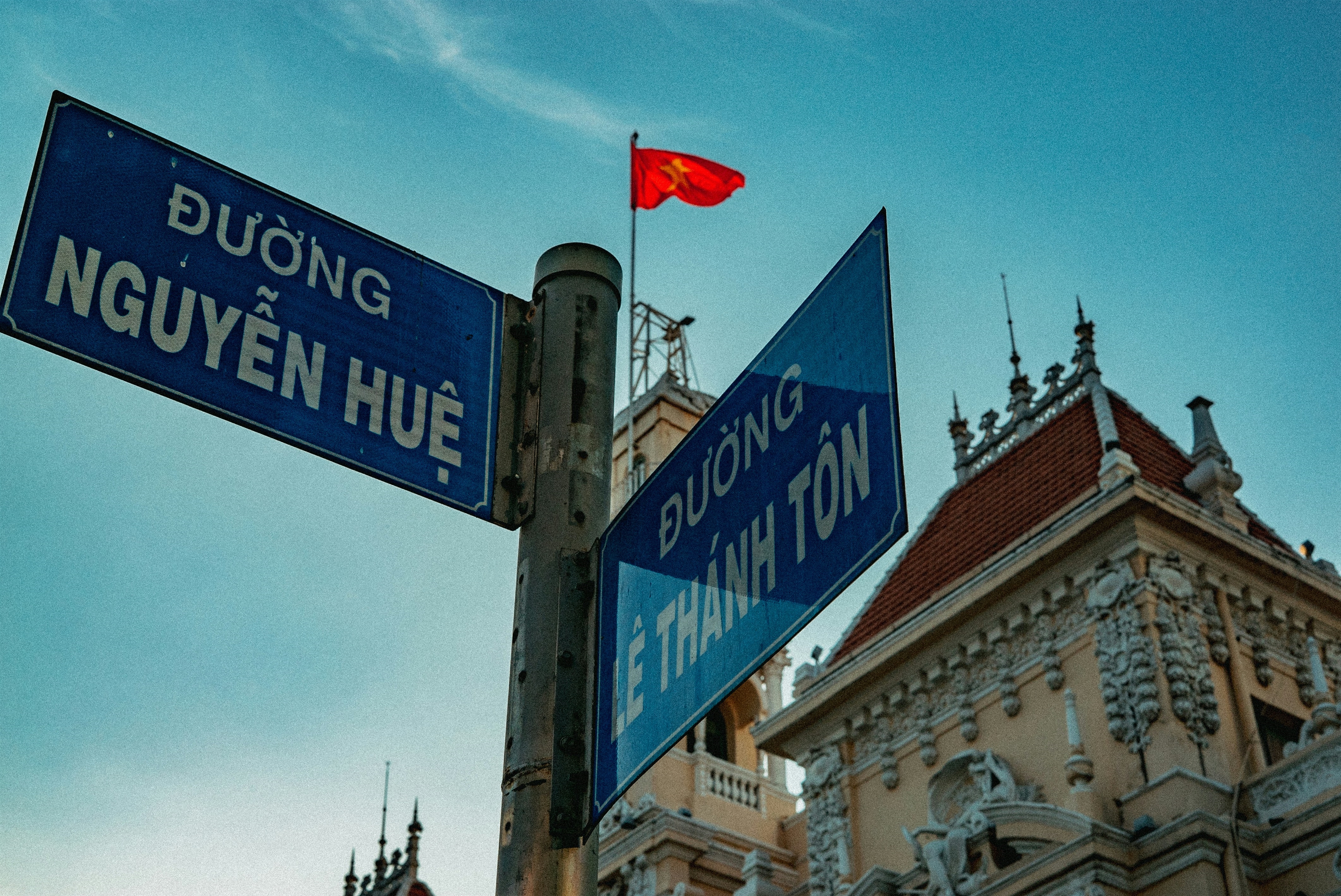
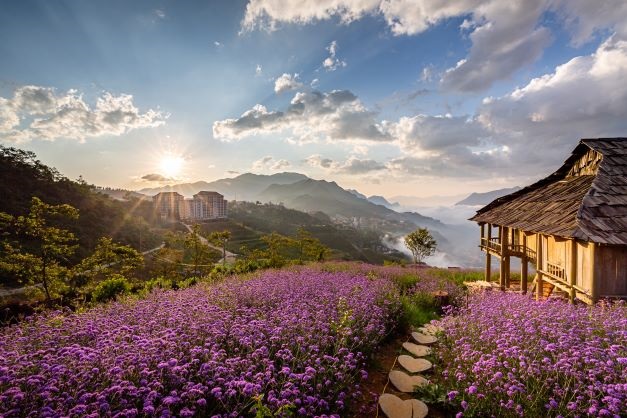
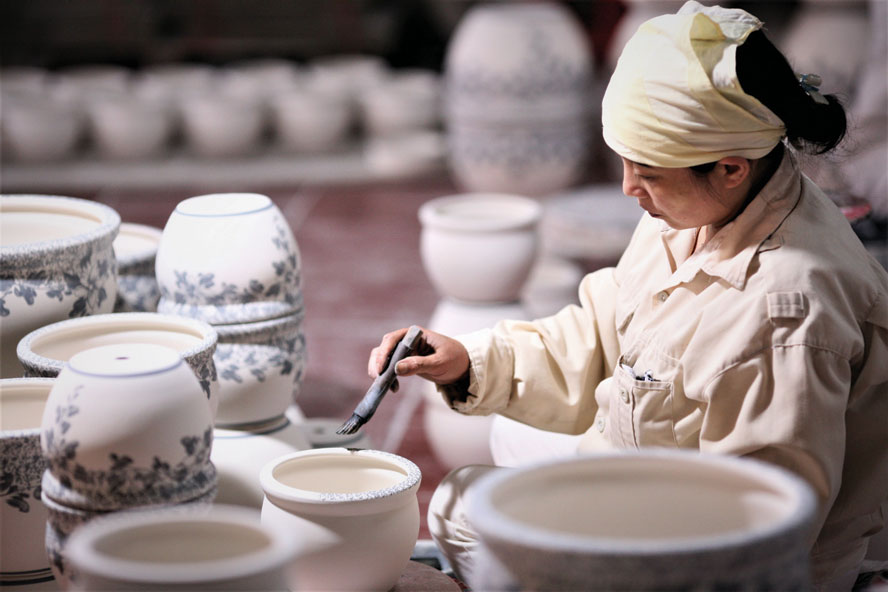

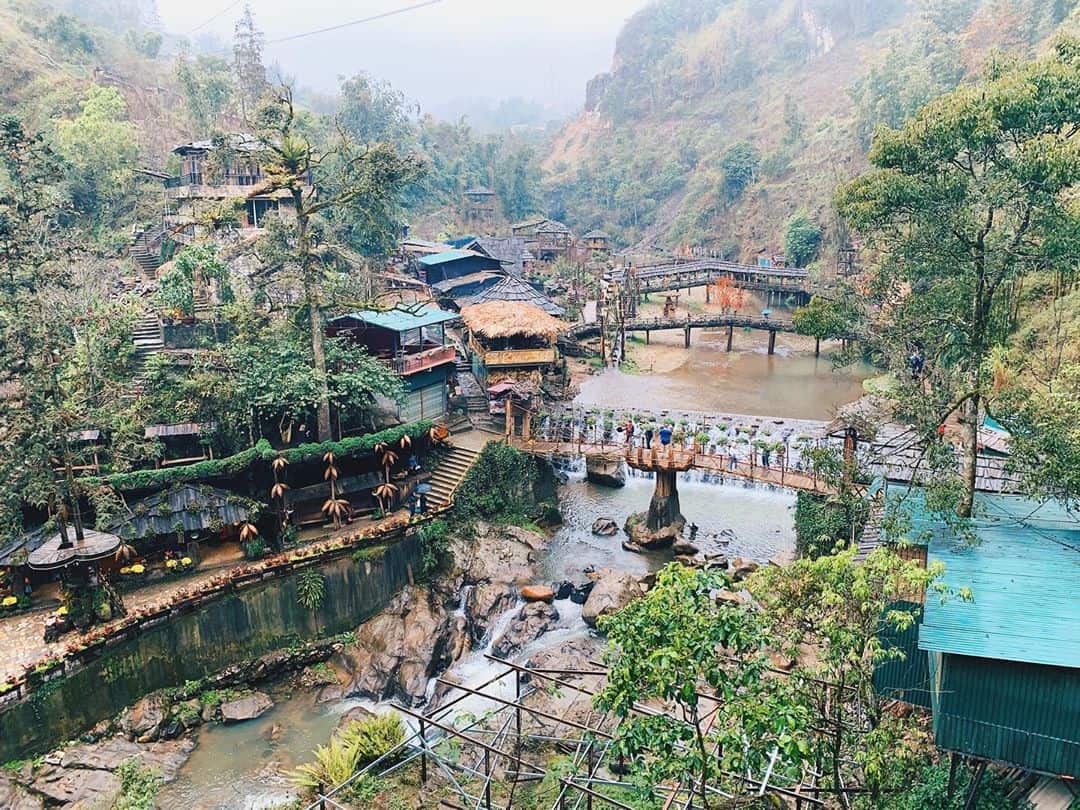
.jpg)
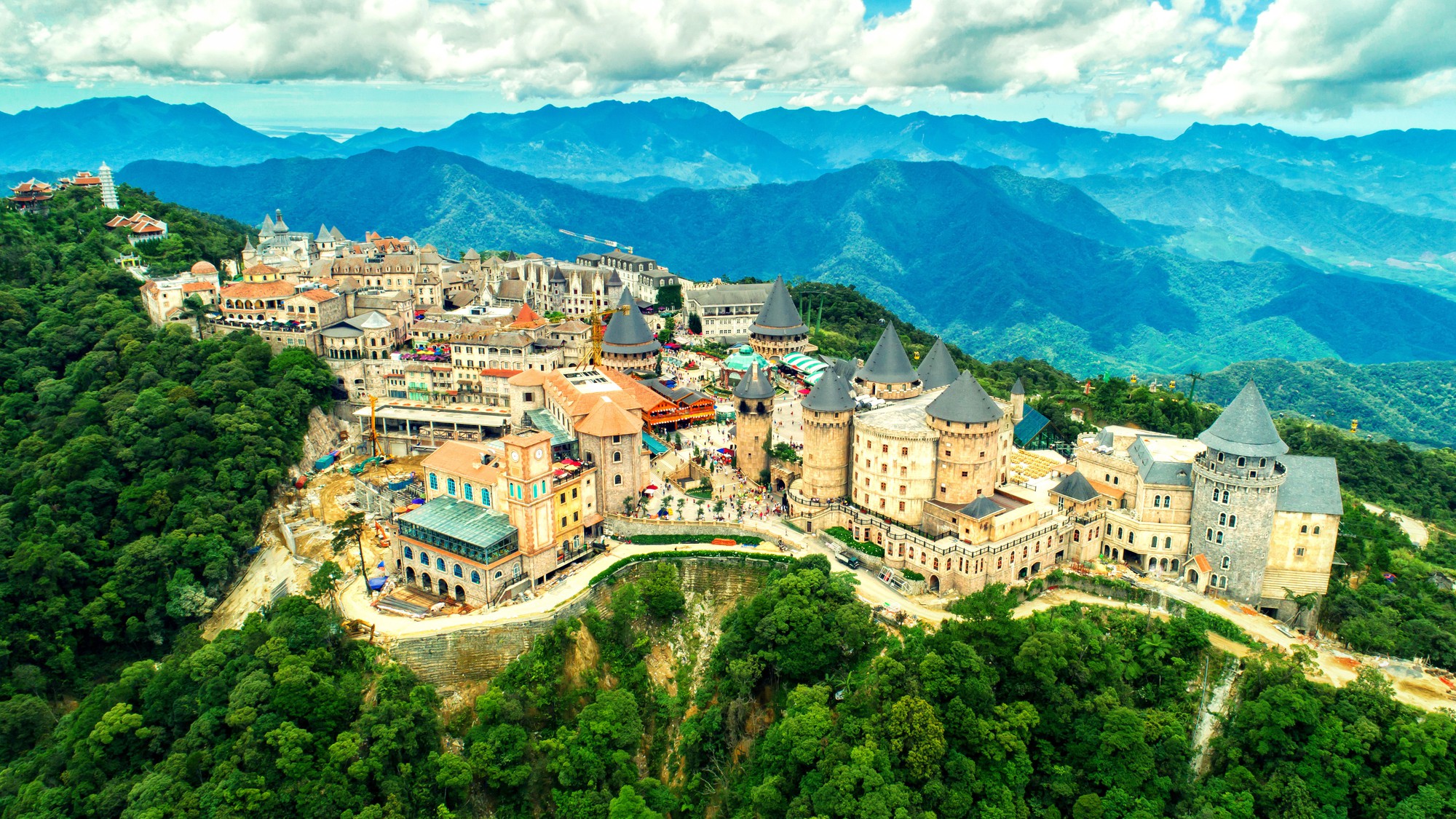

.jpg)
